
Bug
What kind of animal is Bug?
In a technical sense, a bug is a creature that belongs to the insect order Hemiptera, known commonly as the true bugs.
These insects have piercing and sucking mouthparts, and often feed on plant sap or animal blood.
Some examples of true bugs are aphids, cicadas, assassin bugs, and stink bugs.In a popular sense, a bug is any small insect or arthropod that is considered a pest or a nuisance.
This definition is not very precise, and can include many different kinds of organisms, such as spiders, centipedes, beetles, flies, and even some non-insects like worms and snails.
All true bugs are insects, but not all insects are bugs.
And some bugs are not even insects at all.
Example of the color palette for the image of Bug
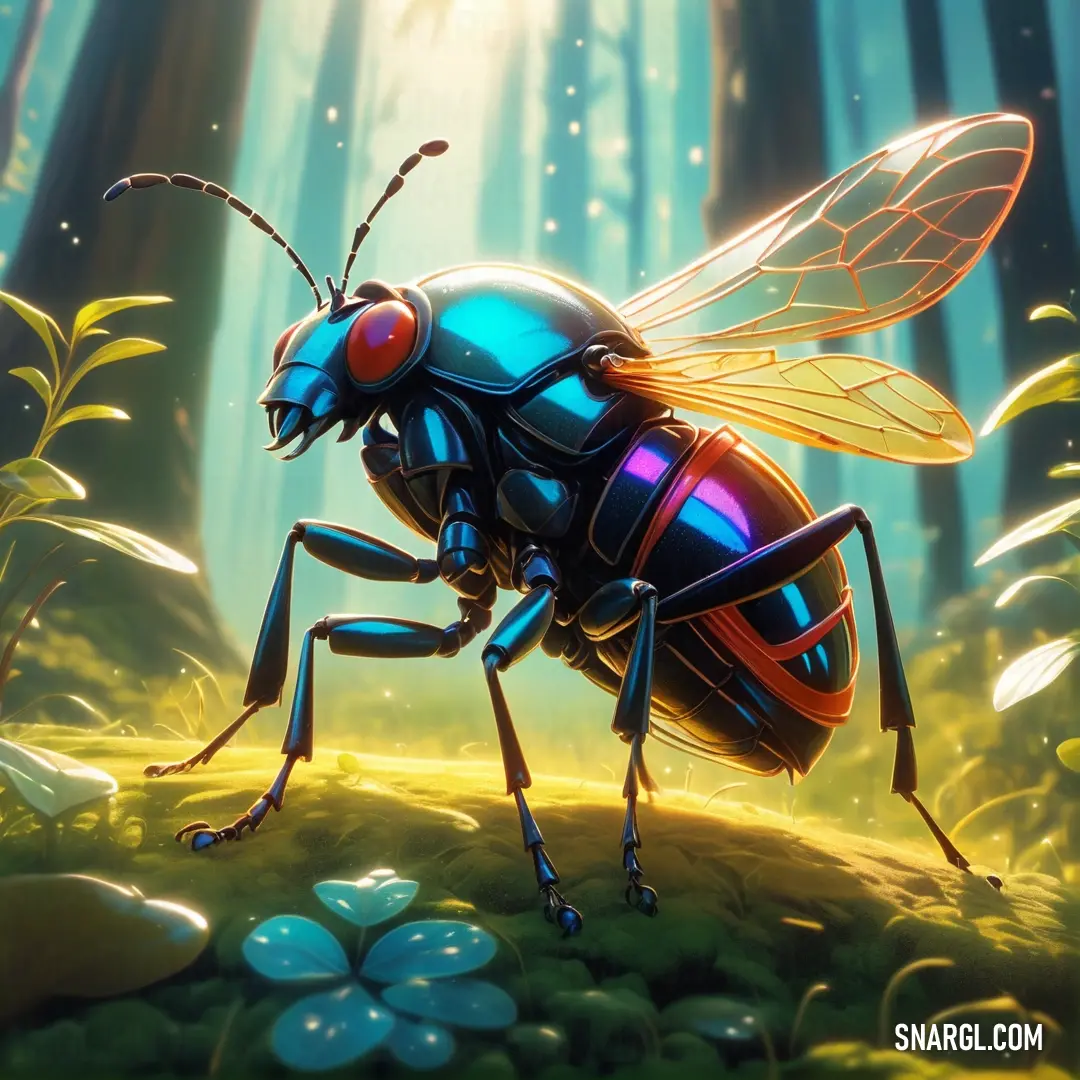
See these colors in NCS, PANTONE, RAL palettes...
What is the animal Bug known for?
They are known for having mouthparts that form a piercing and sucking tube, which they use to feed on plant sap or animal fluids.
Some bugs are pests of crops, such as aphids, scale insects, and stink bugs, while others are beneficial predators, such as assassin bugs, lacewings, and ladybugs.
Bugs are also important pollinators of many flowers, such as water lilies, orchids, and passionflowers.
They have a wide range of shapes, sizes, and colors, and some can produce sounds or emit defensive chemicals.
Bugs are among the most diverse and abundant insects on Earth, with more than 80,000 species described.
Some interesting facts are:
Bugs are not the same as all insects, as only insects in the order Hemiptera are true bugs.
Other insects, such as beetles, flies, and butterflies, are not bugs, even though they are sometimes called so in common language.Bugs have a unique type of metamorphosis, called hemimetabolism, in which the immature stages (called nymphs) resemble the adults, but are smaller and lack wings.
Bugs are found in almost every habitat, from freshwater to marine, from tropical to polar, and from deserts to forests.
Some bugs are adapted to live on or inside other animals, such as lice, bedbugs, and cicadas.
Example of the color palette for the image of Bug
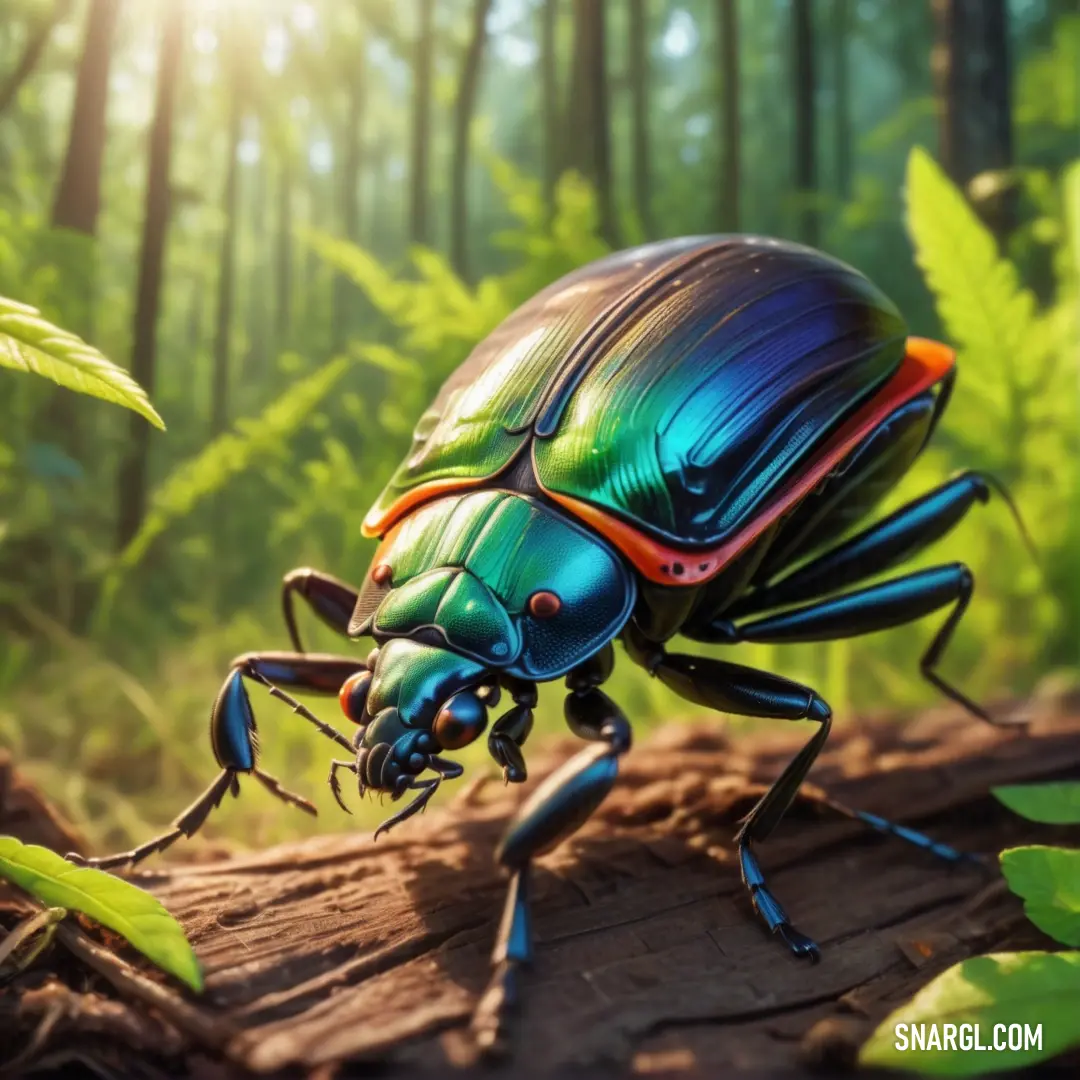
See these colors in NCS, PANTONE, RAL palettes...
Where does the Bug live?
True bugs have specialized mouthparts for sucking juices from plants or blood from animals.
Insects, in general, inhabit diverse environments, from gardens and woodpiles to streams and animal nests.
For instance, butterflies may overwinter as caterpillars in rolled leaves, while queen bumblebees hibernate underground or in rotting woodpiles.
Praying mantises lay eggs in a protective casing on stems, and dragonfly nymphs spend winter in water bodies, emerging as adults in spring.
Grasshoppers lay eggs underground to protect them from predators and the cold.
Assassin bugs, a group of insects known for their predatory behavior, can be found in various habitats like rainforests, rocky areas, and even inside human dwellings.
In summary, bugs and insects live all around us, adapting to their surroundings by using natural or self-made materials to survive through the seasons.
Example of the color palette for the image of Bug
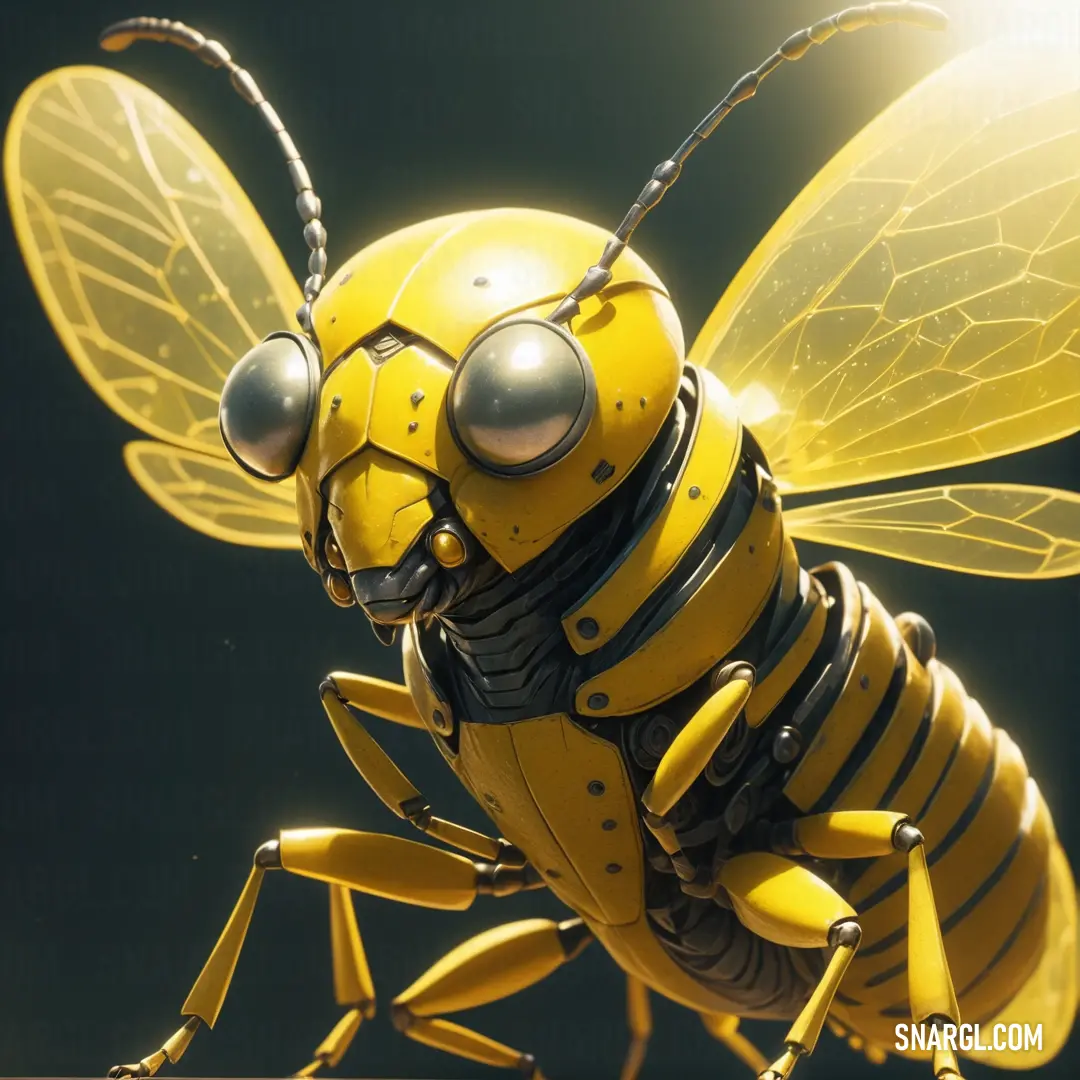
See these colors in NCS, PANTONE, RAL palettes...
What does the Bug look like?
Example of the color palette for the image of Bug
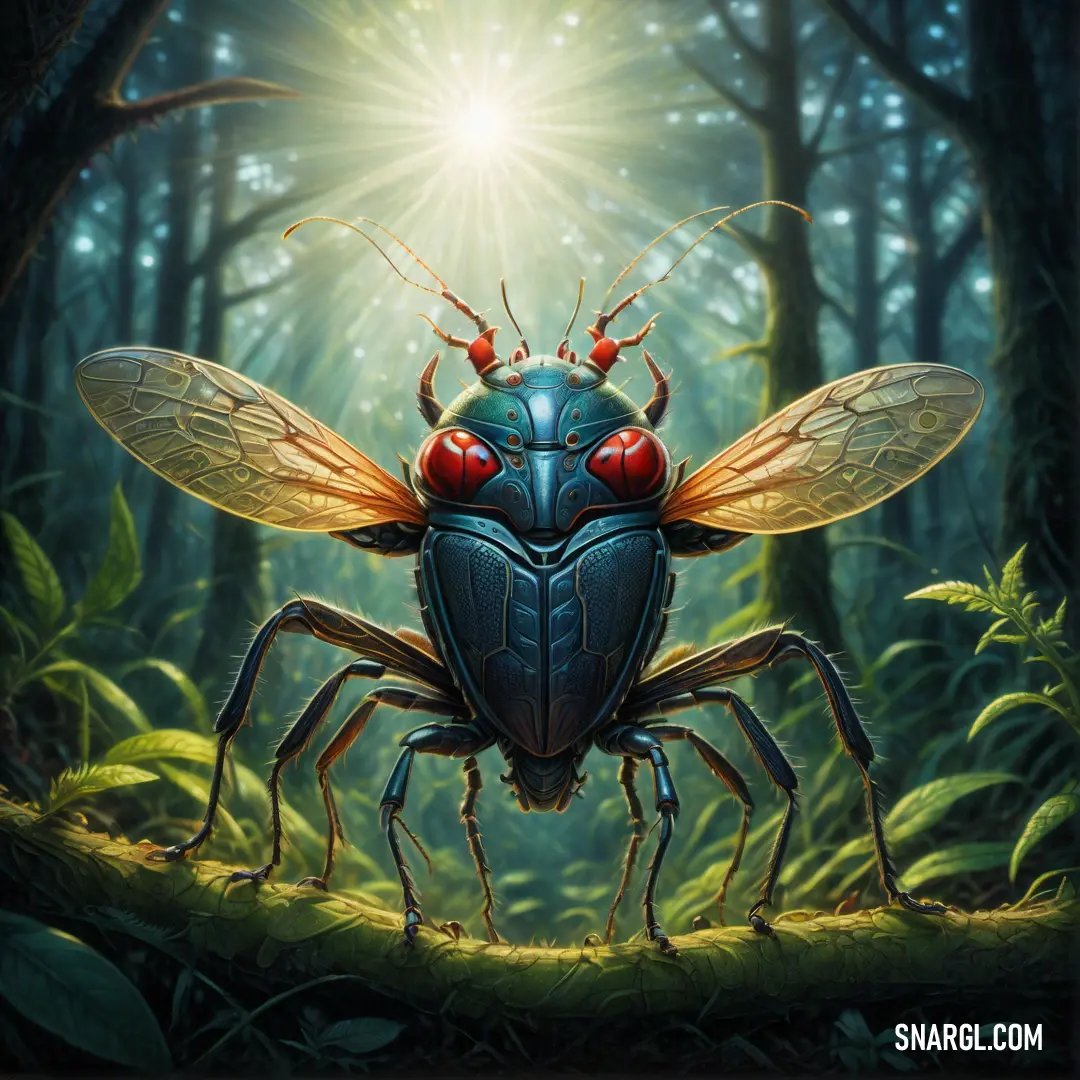
See these colors in NCS, PANTONE, RAL palettes...
The Parable of the Salt Lick: Wilder and Raven’s Unlikely Defense
One day, Wilder was given a new task by the local council: to oversee the preservation of an ancient salt lick, a unique mineral deposit that was crucial for the local wildlife. This salt lick wasn't just any ordinary rock; it was renowned for its healing properties and was an essential resource for the animals of Brookdale.
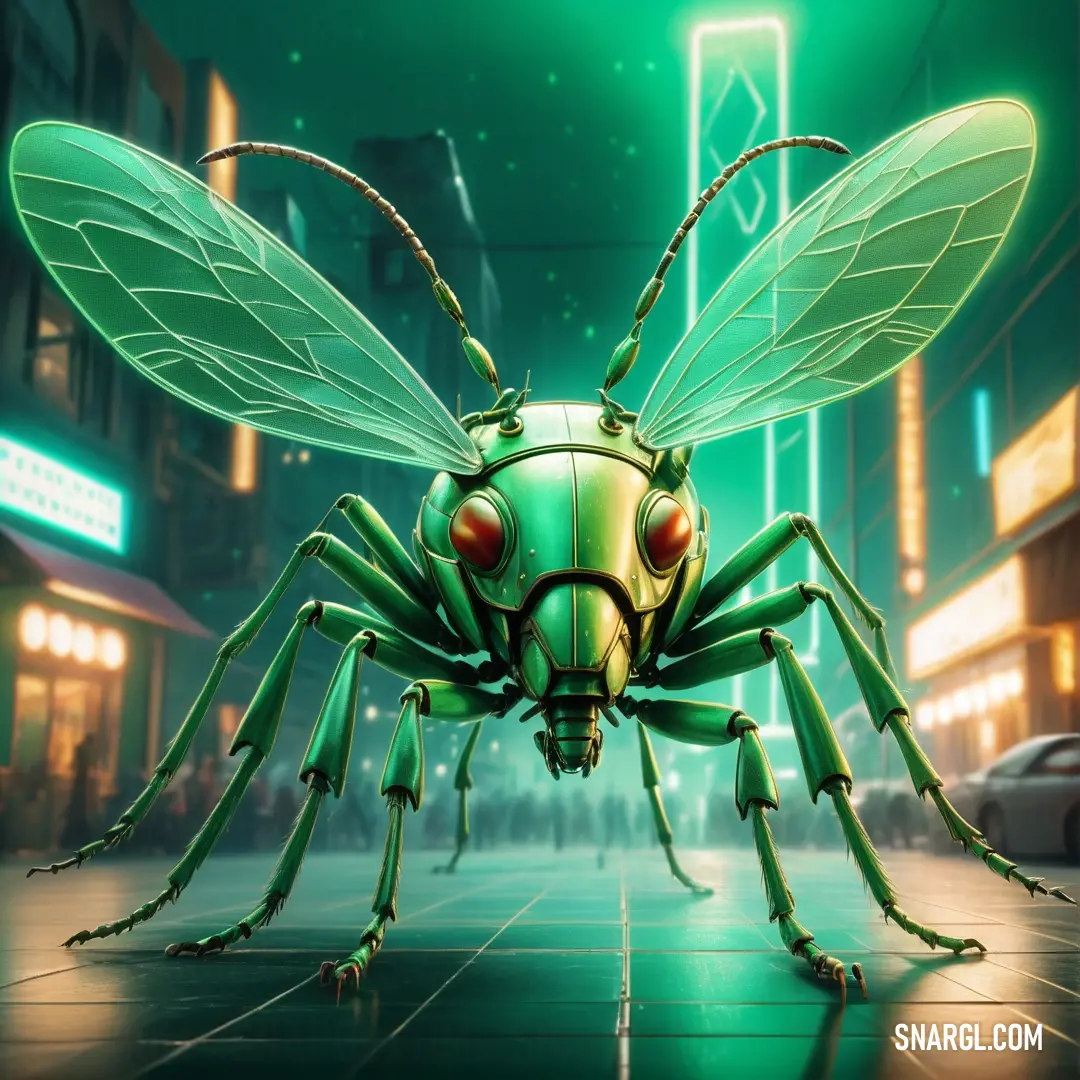
The salt lick, located at the edge of the forest, was protected by a simple wooden fence. However, a recent spate of mysterious disturbances - broken fences and footprints of unknown origin - had caused concern. The council asked Wilder to ensure that the salt lick remained safe from any potential threats.
With Raven by his side, Wilder set off to inspect the salt lick. As they approached the site, they were greeted by an unexpected sight: the salt lick was surrounded by a small army of creatures - a menagerie of curious animals, including mischievous squirrels, overly enthusiastic birds, and a particularly large and pompous deer named Reginald.
Reginald, with his grand antlers and commanding presence, appeared to be the leader of this impromptu gathering. He was flanked by a gaggle of geese who seemed to be holding a strategy meeting, and a couple of rabbits who were engaged in a heated debate about the best way to "liberate" some of the salt.
Wilder, bewildered but determined, approached the scene with Raven fluttering beside him. "What's going on here?" he asked, trying to make sense of the chaotic assembly.
Reginald, with a grandiose sweep of his antlers, addressed him with a haughty tone. "Ah, Wilder! We were just discussing the unfair distribution of this precious salt. It's high time the salt lick served a broader community. We have decided to hold it…temporarily."
Raven, with her usual patience, landed gracefully on a nearby branch and began to observe the scene with a curious eye. Wilder could see that diplomacy might be the best approach. "Reginald, the salt lick is meant for everyone, but it's important to maintain order and prevent overuse. Perhaps we can work together to find a solution."
Reginald snorted. "Order? Pfft. We are simply here to enjoy and share this salt lick. It is our right!"
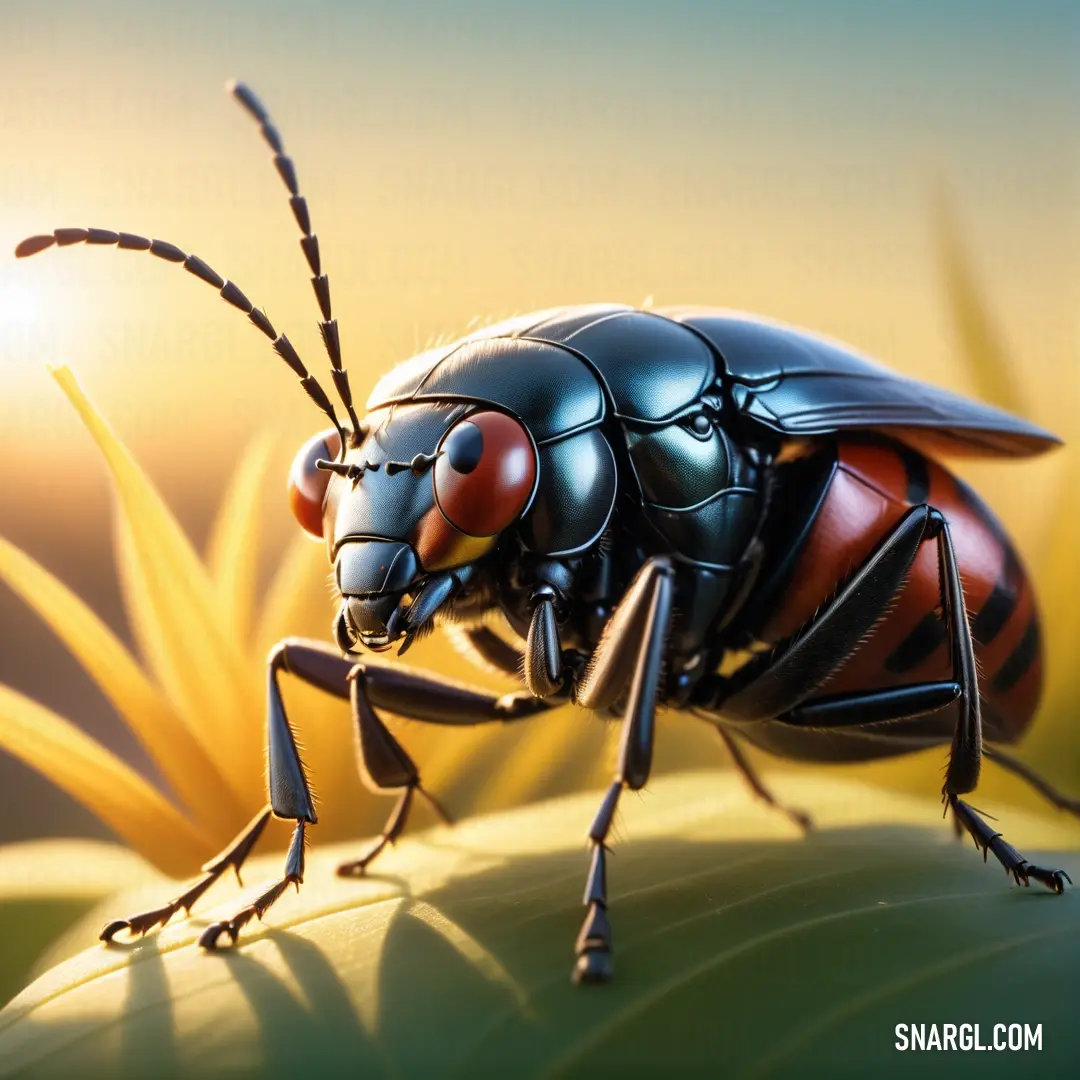
As Reginald's proclamation echoed through the forest, the animals began to move closer to the salt lick. The situation was quickly becoming chaotic, with birds swooping down and squirrels darting about in a frenzied attempt to claim their share.
Wilder, seeing that words alone wouldn't suffice, decided it was time for action. He turned to Raven and whispered a plan. Raven, her wings catching the sunlight, nodded in understanding.
With a deft flutter, Raven began to perform a series of intricate aerial maneuvers. Her movements were so graceful and mesmerizing that they caught the attention of every creature present. As Raven danced through the air, she began to emit a soft, soothing hum that seemed to calm the frenzied crowd.
The animals, spellbound by Raven's performance, momentarily forgot their quarrels and watched in awe. Even Reginald, whose usual arrogance was replaced by an expression of admiration, couldn't help but be captivated.
As Raven's performance reached its peak, she landed softly beside the salt lick and began to communicate with the animals using gentle gestures and expressions. It was as though she was speaking directly to their hearts, conveying the importance of balance and cooperation.
Wilder seized the moment to step in and address the crowd. "Raven has shown us that there is beauty in harmony. If we work together and respect the salt lick's role in our ecosystem, everyone can benefit."
Reginald, now visibly humbled, nodded in agreement. "Perhaps you're right. We should cherish and protect this resource, not fight over it."
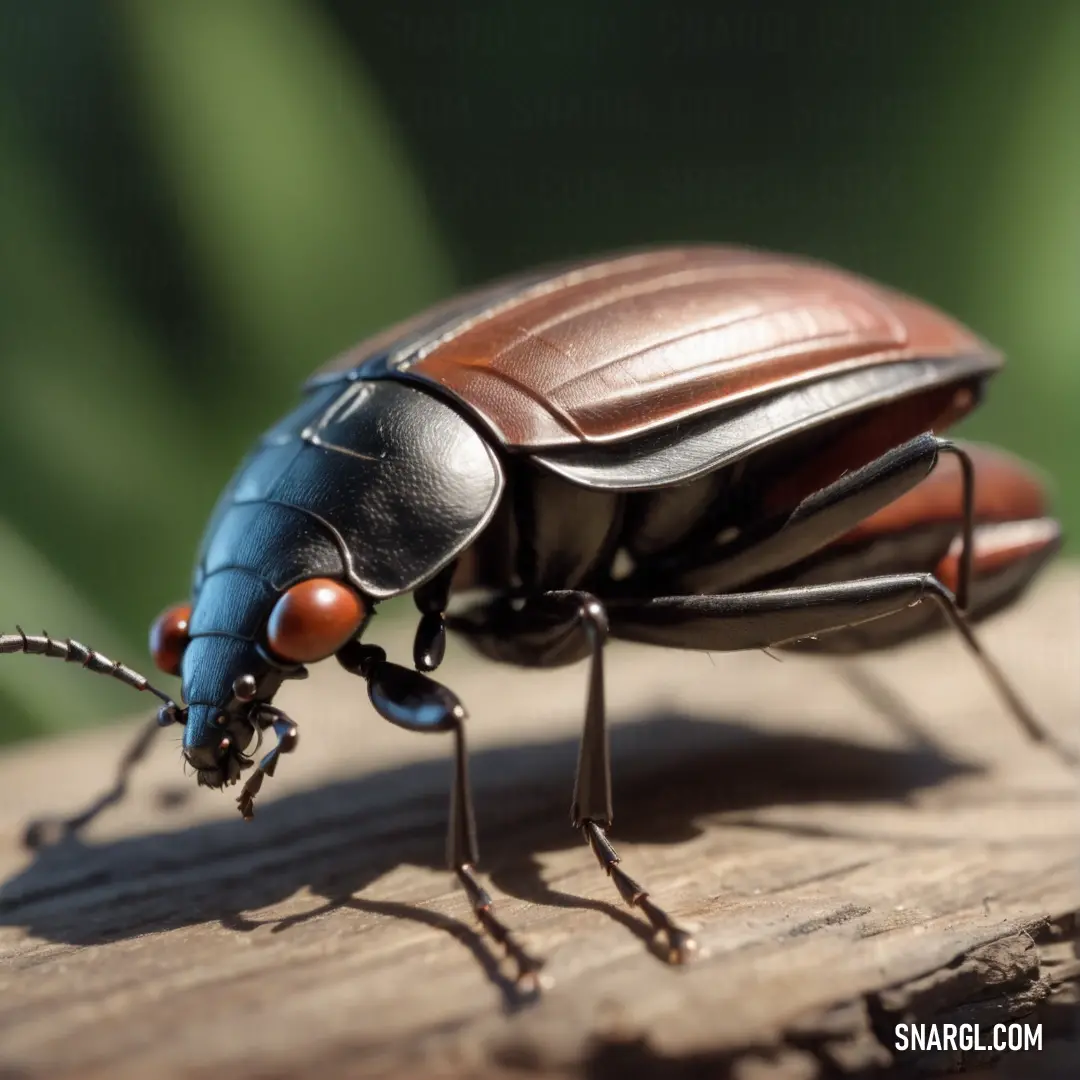
The animals, inspired by Raven's display and Wilder's words, agreed to a new plan. They would take turns using the salt lick and create a schedule that ensured everyone could enjoy it without overexerting it. Reginald and his entourage promised to help maintain the area, and the animals dispersed amicably.
Wilder and Raven watched as peace was restored. The salt lick, once again a symbol of unity, was protected and cherished by all. As they left the site, Wilder thanked Raven for her remarkable intervention. "You truly saved the day, Raven. Your patience and grace made all the difference."
And so, the parable of the salt lick became a beloved tale in Brookdale - a story of how a dedicated fish hatchery manager and his patient Bug pet managed to bring harmony to a chaotic situation through understanding and cooperation. It was a reminder that even in the most bizarre and humorous of circumstances, patience, and kindness could turn any conflict into a chance for unity and growth.

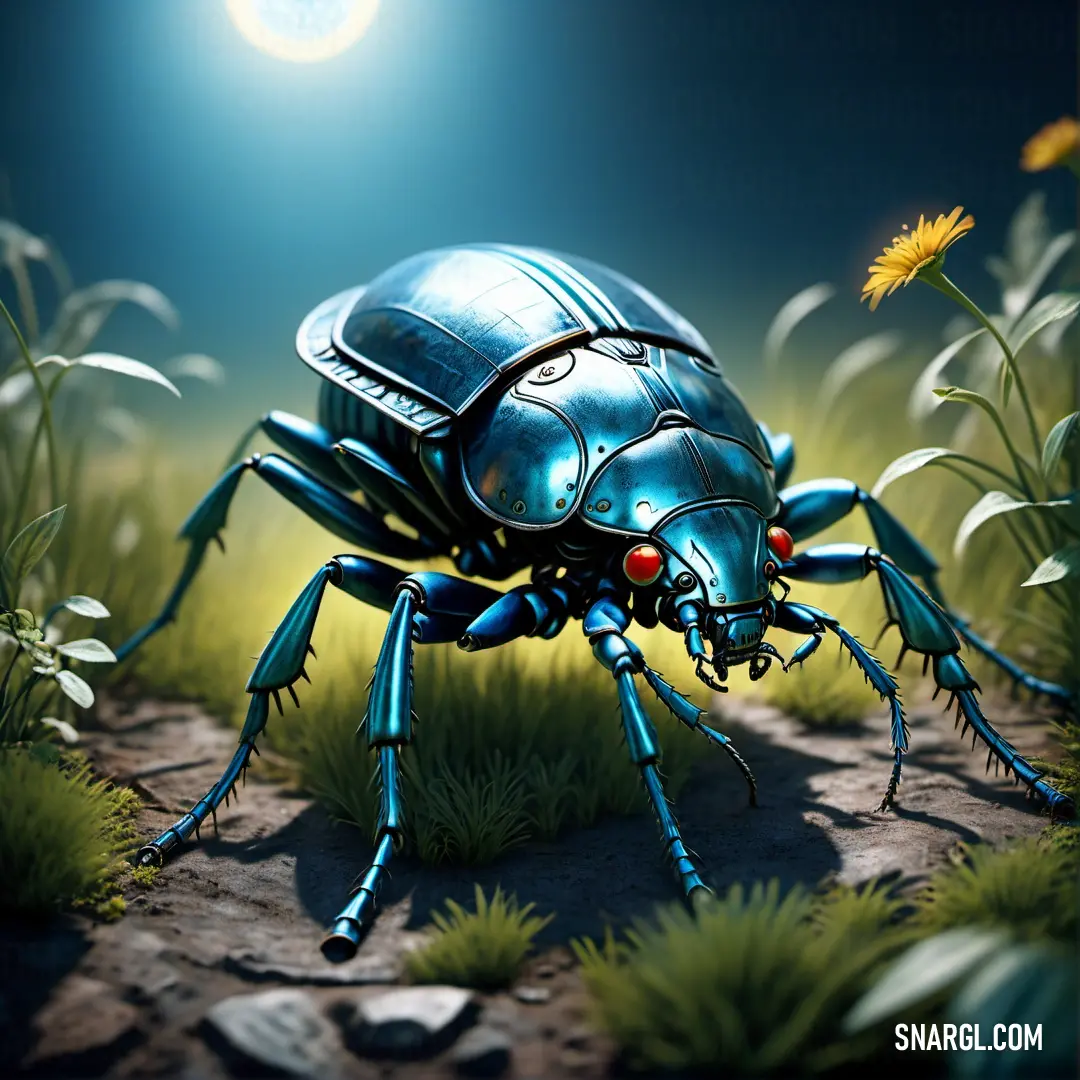
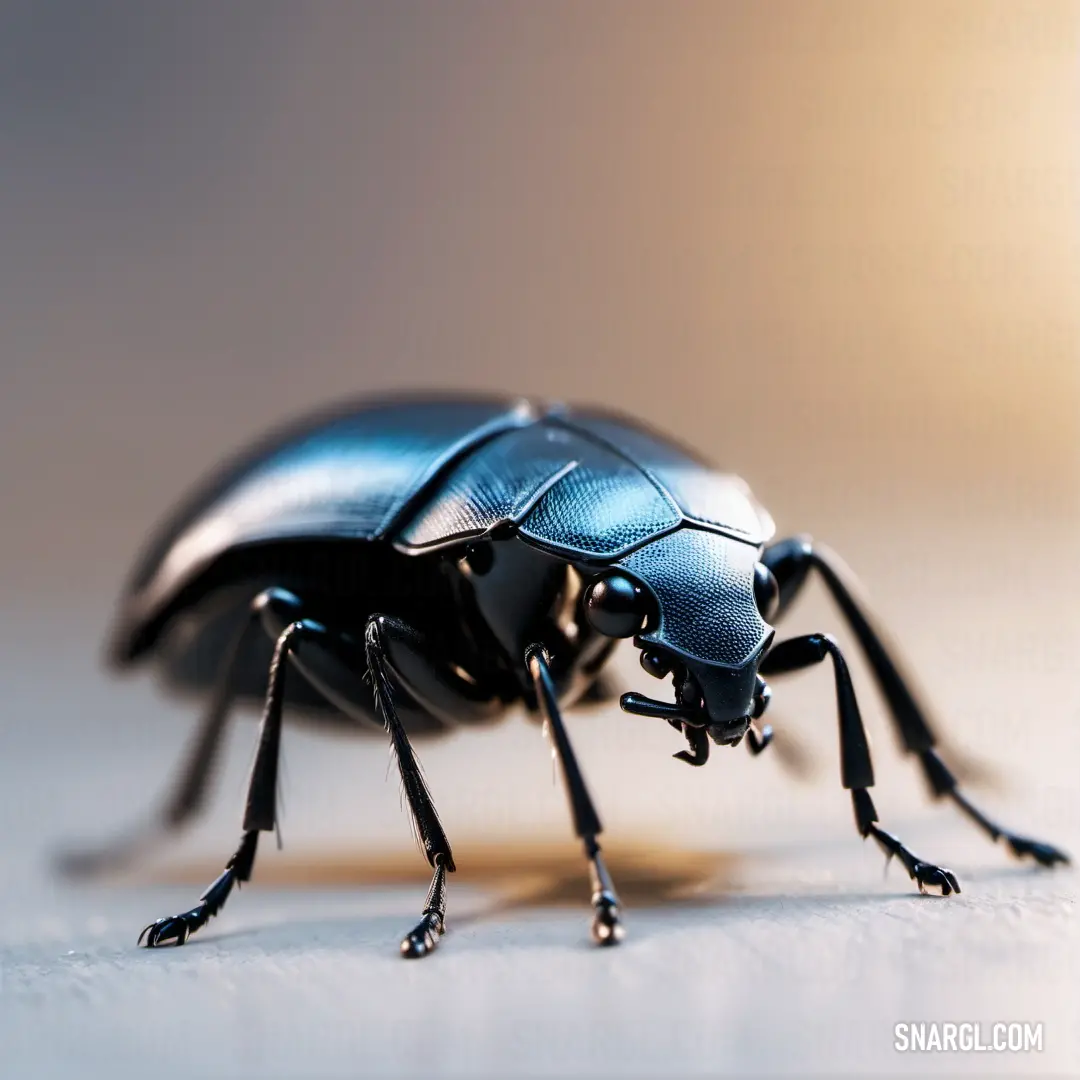
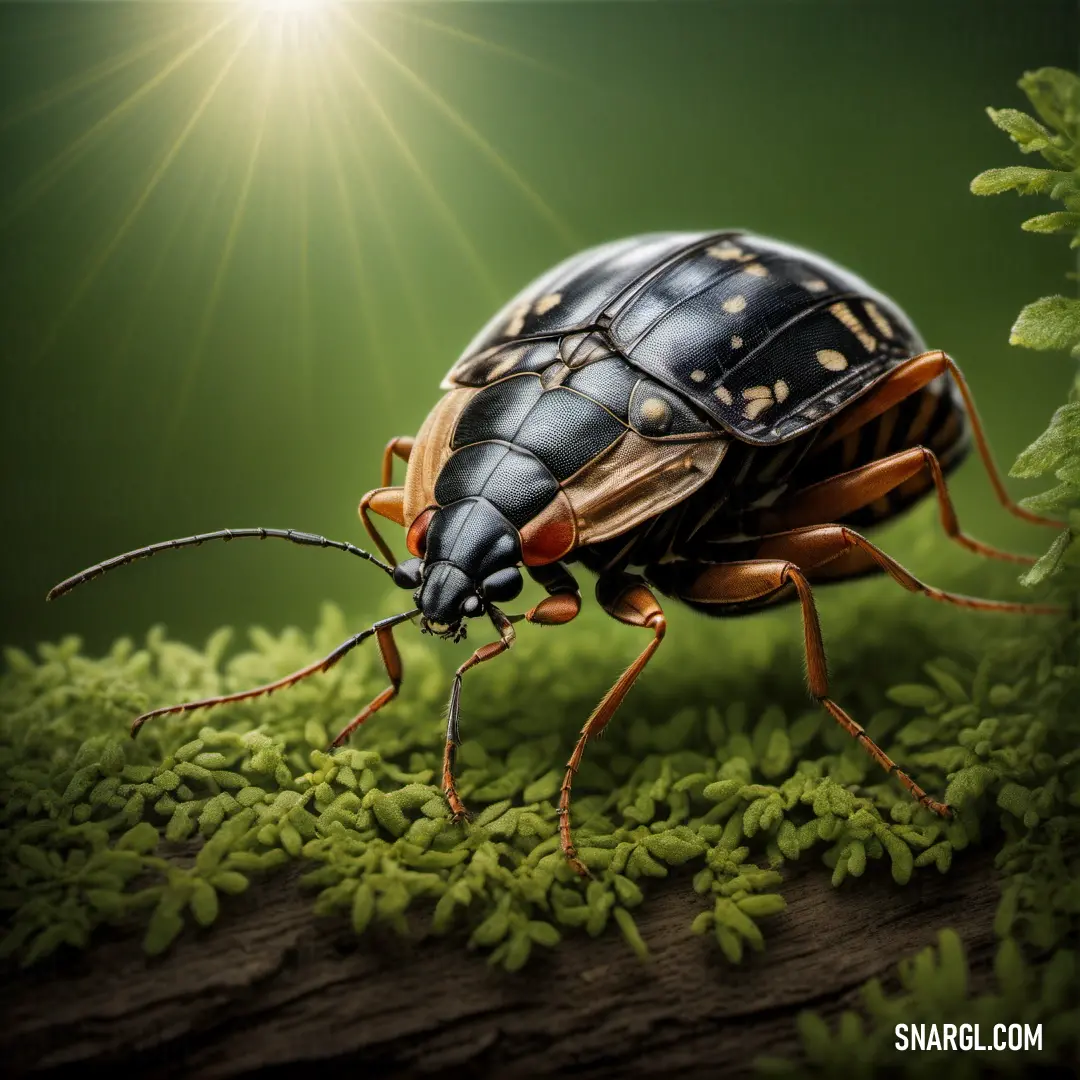
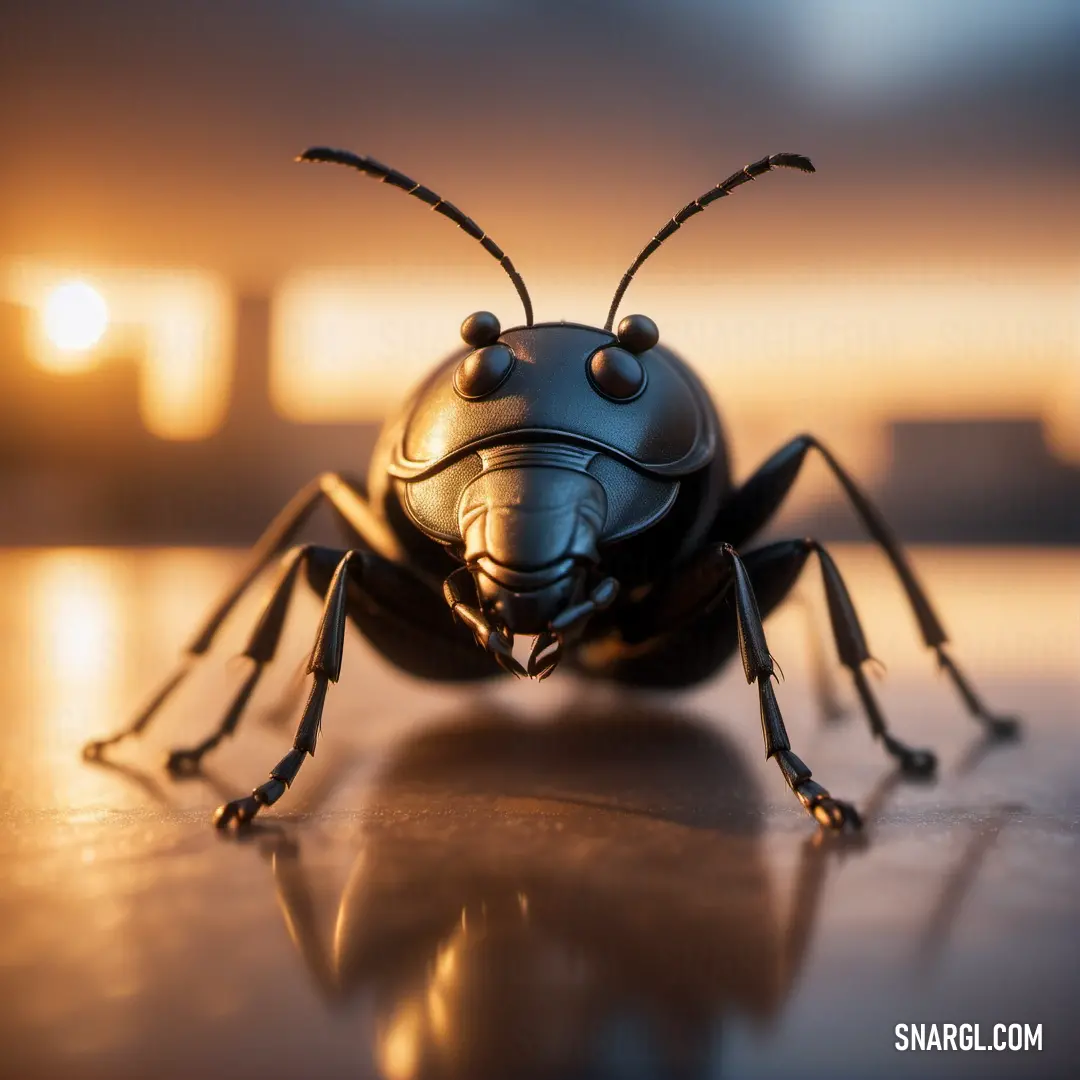
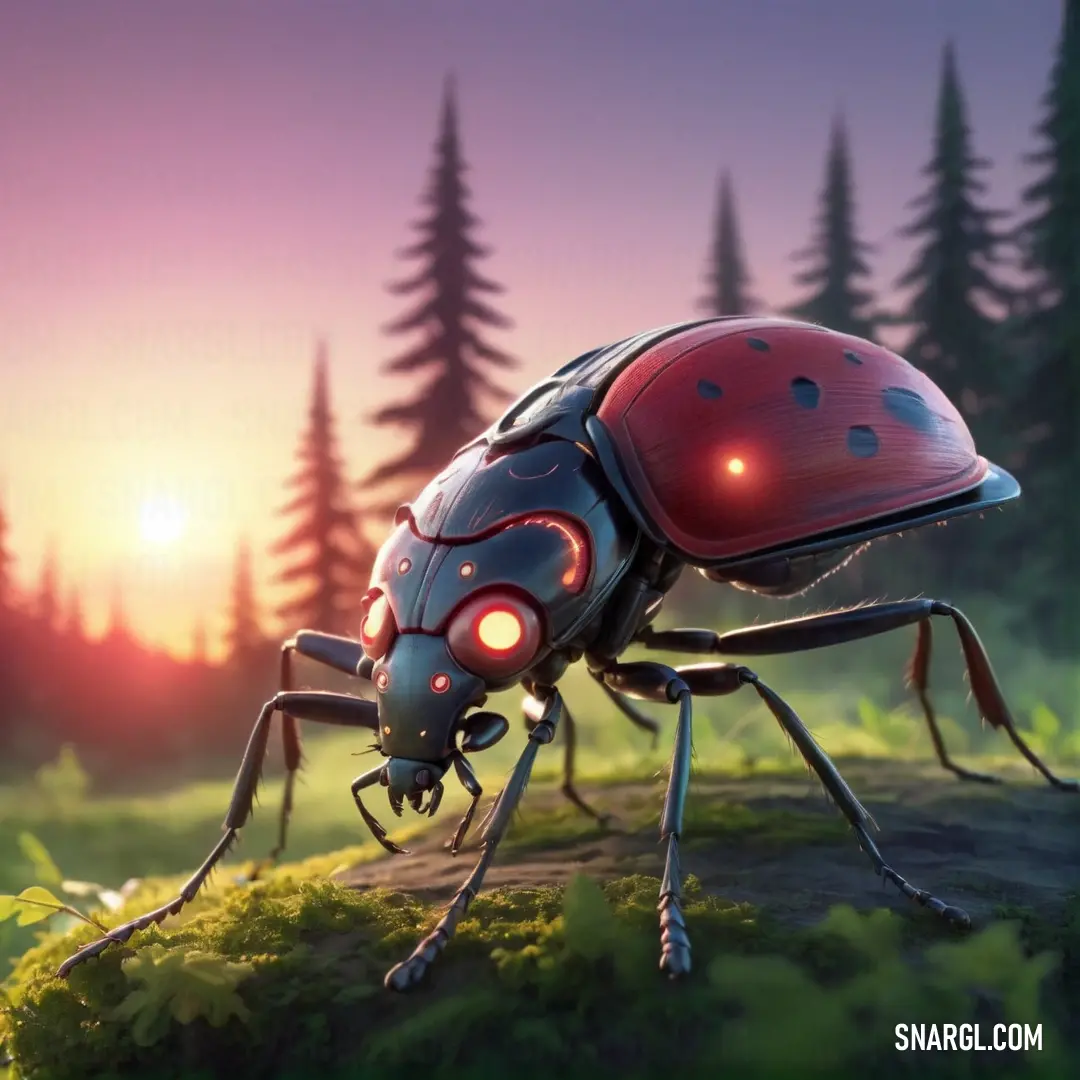
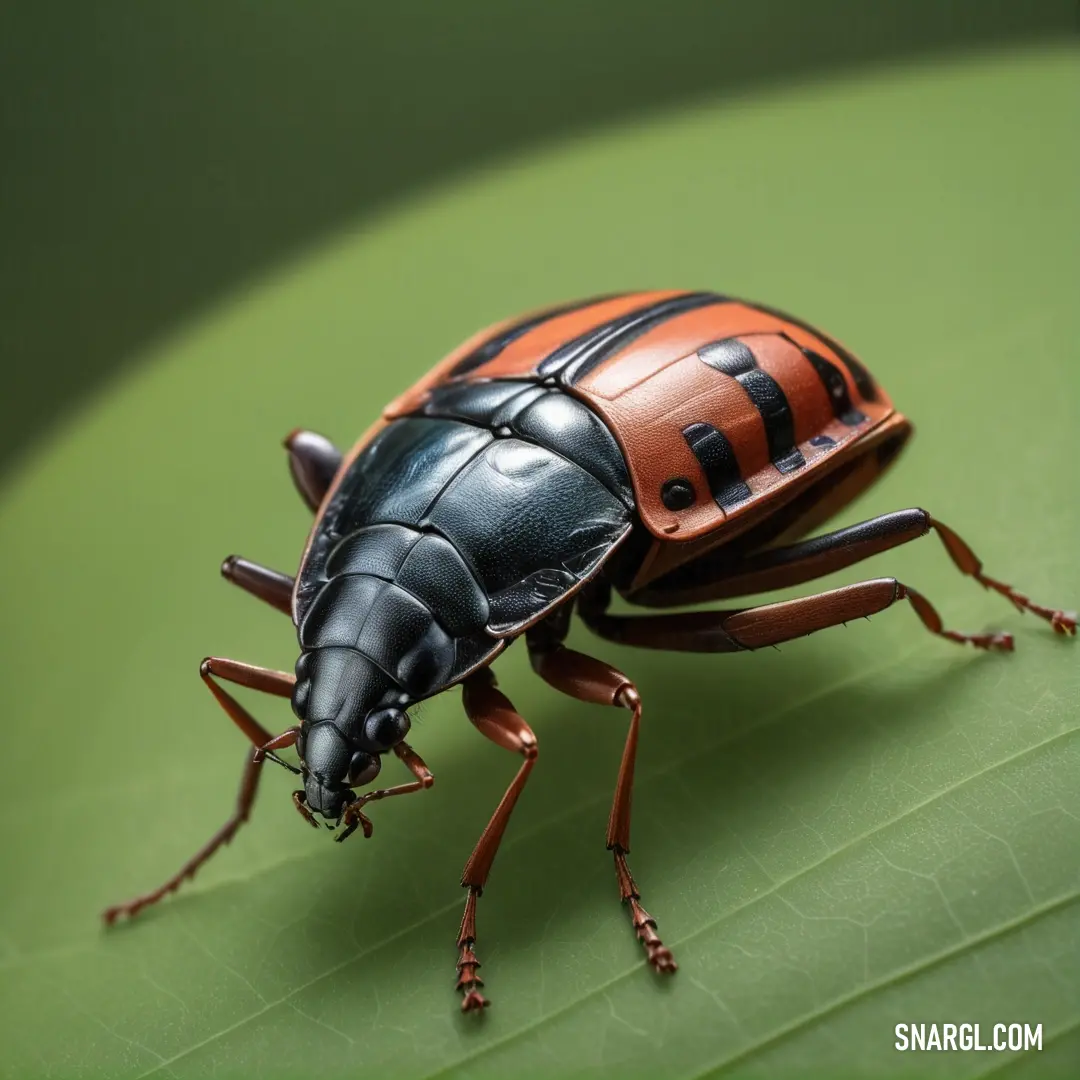
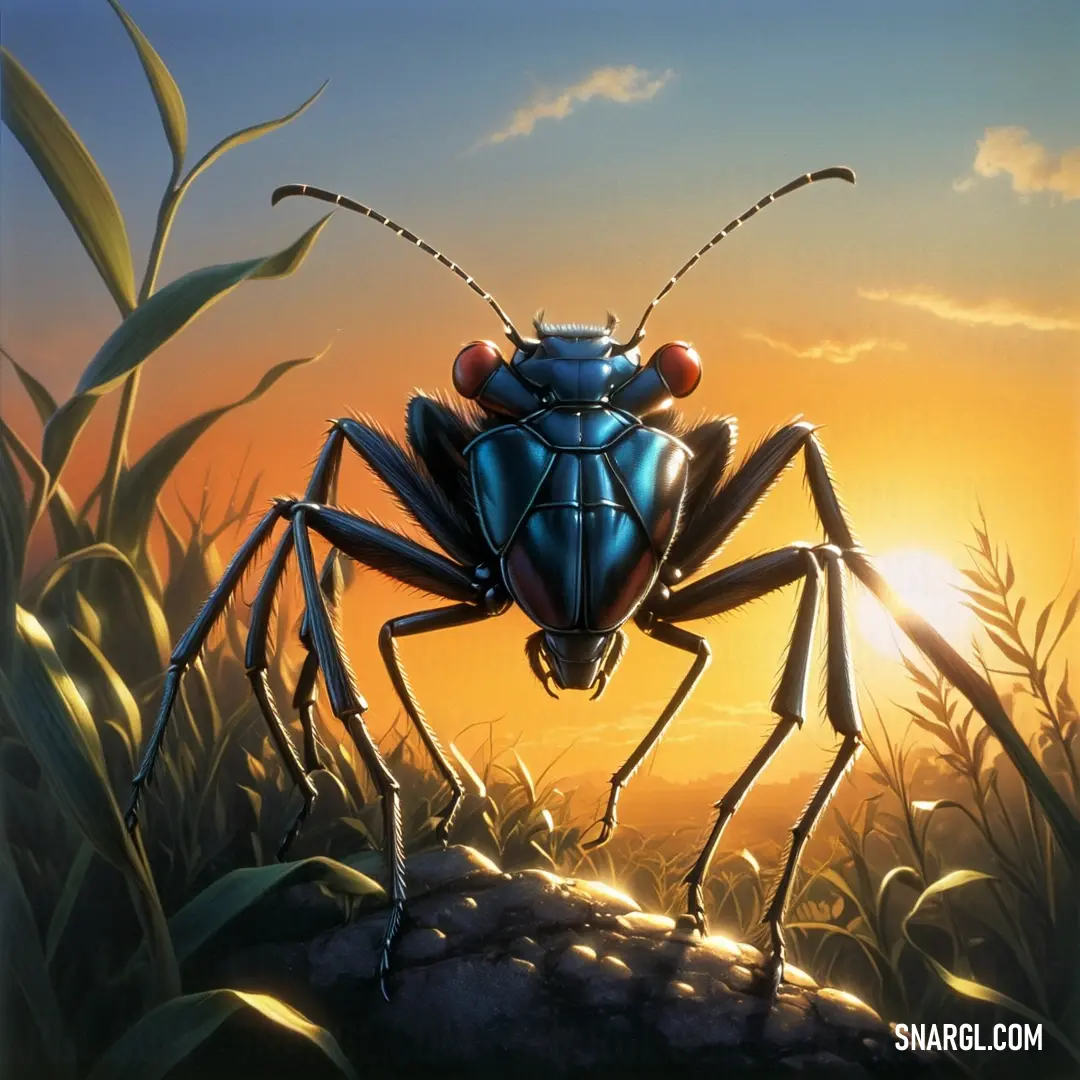
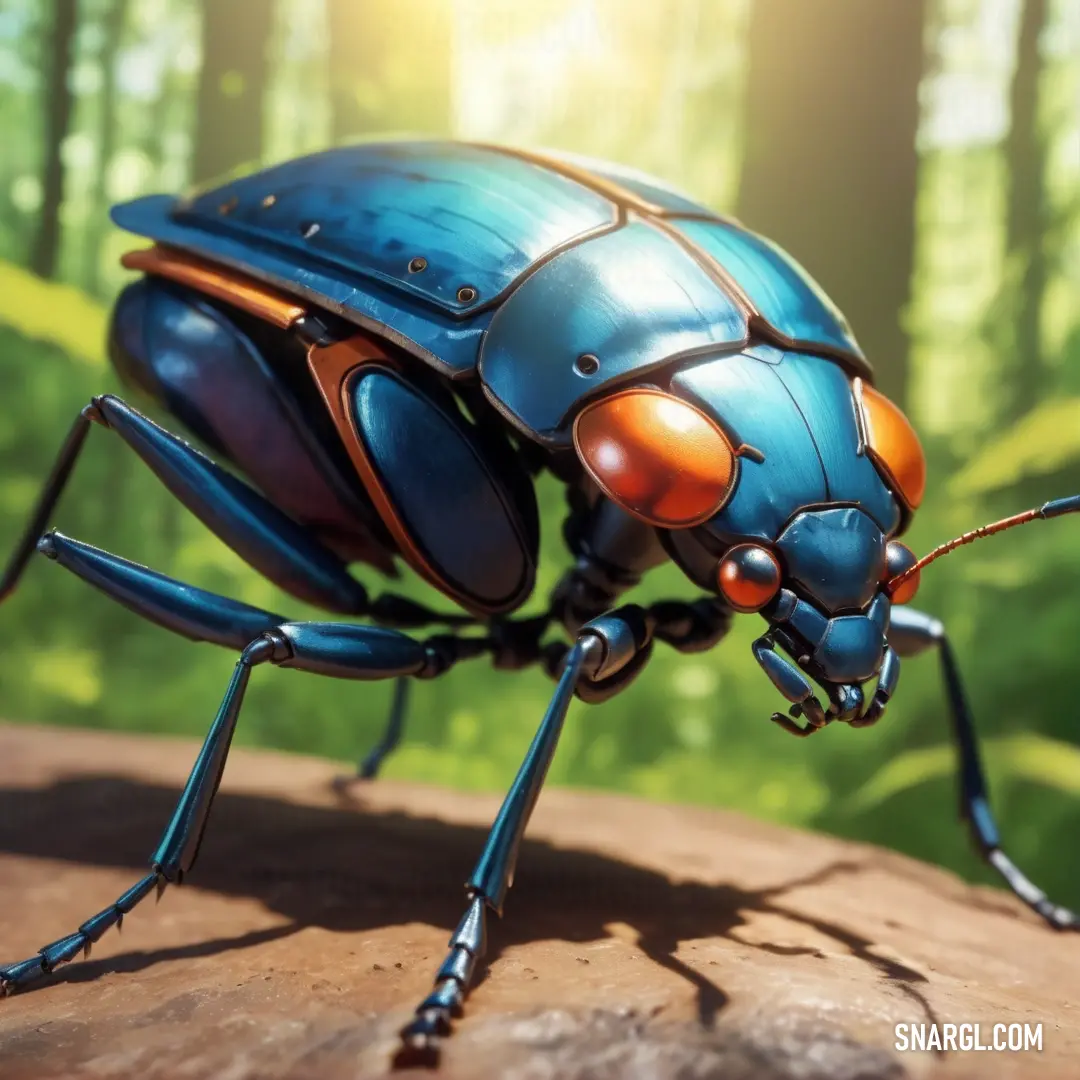
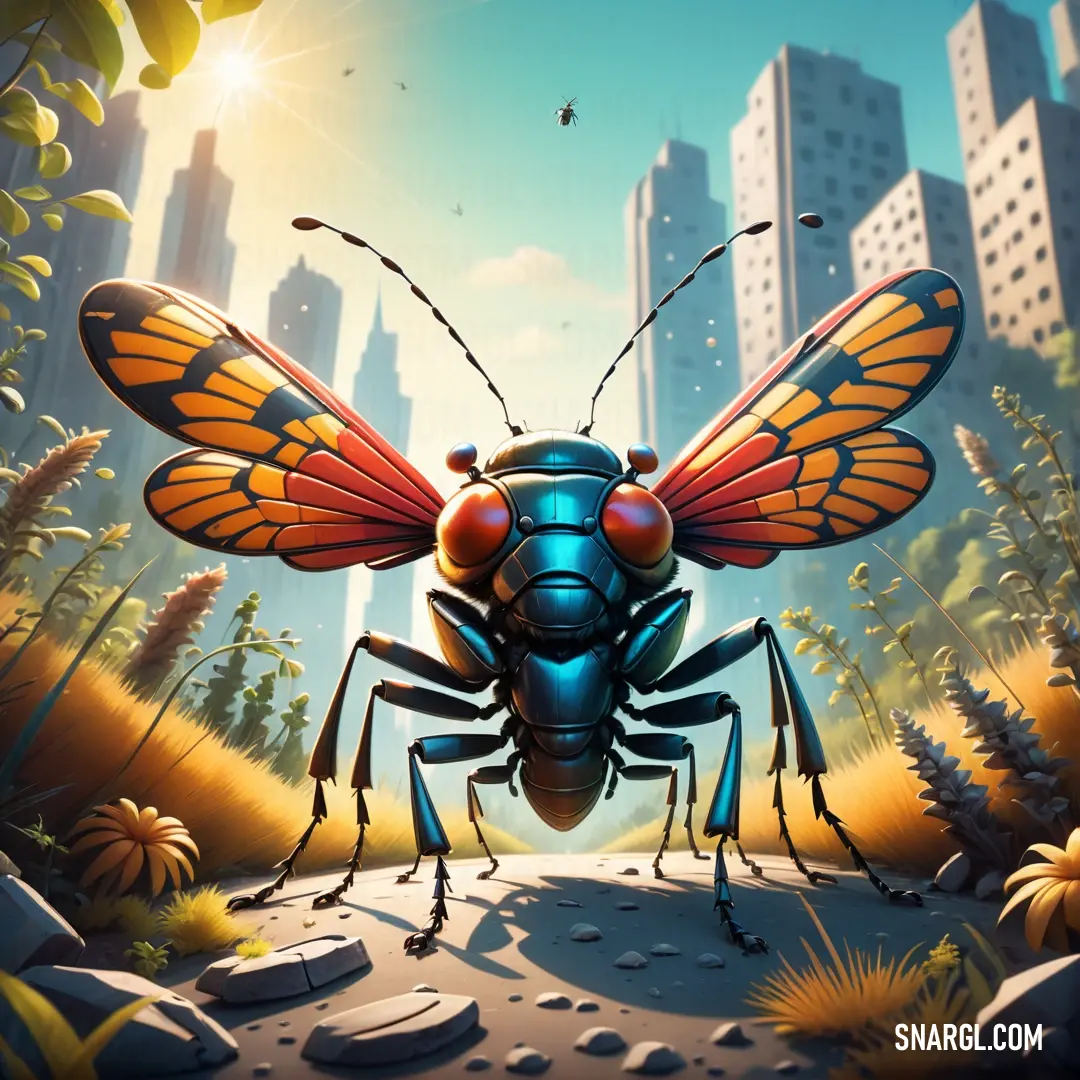
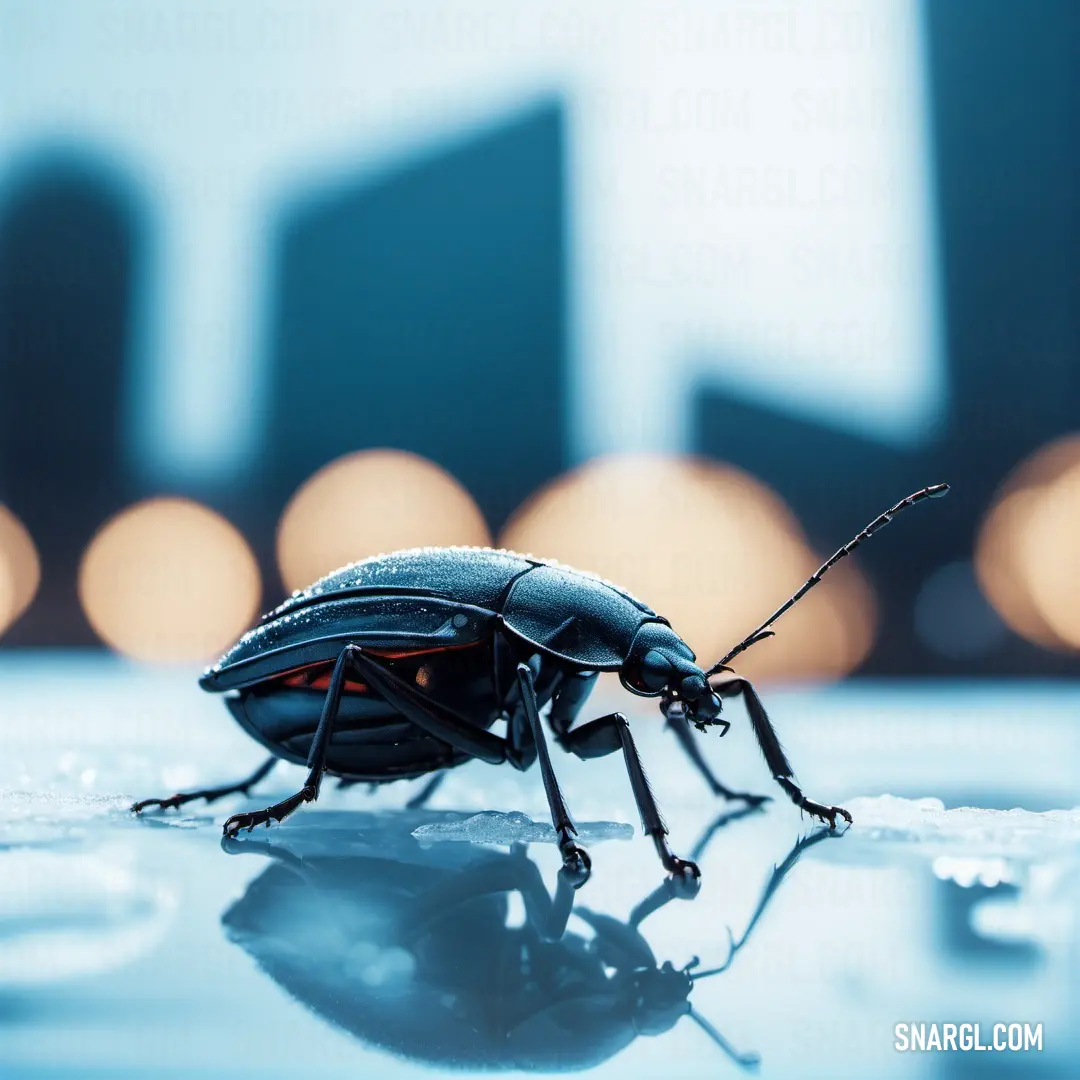
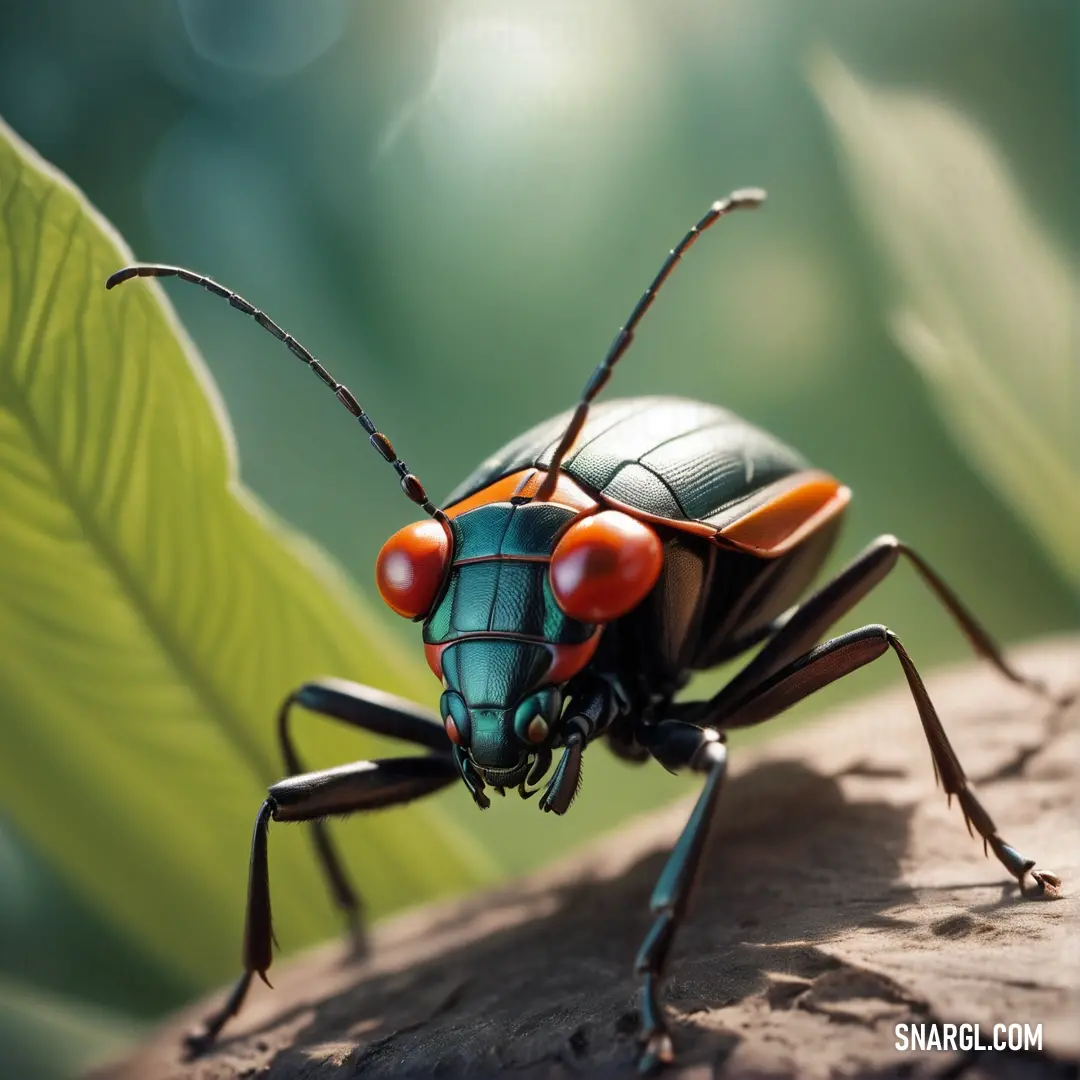
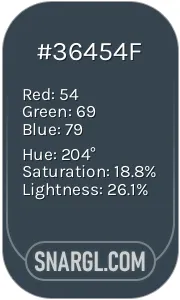 Charcoal
Charcoal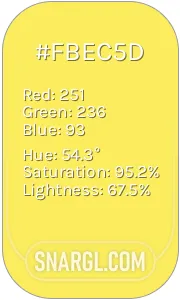 Corn
Corn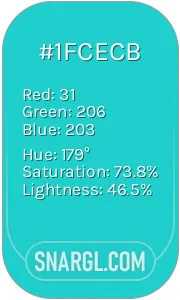 Robin egg blue
Robin egg blue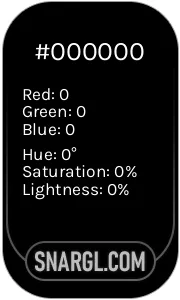 Black
Black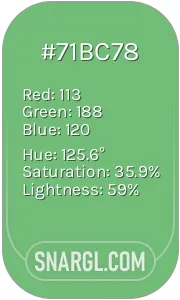 Fern
Fern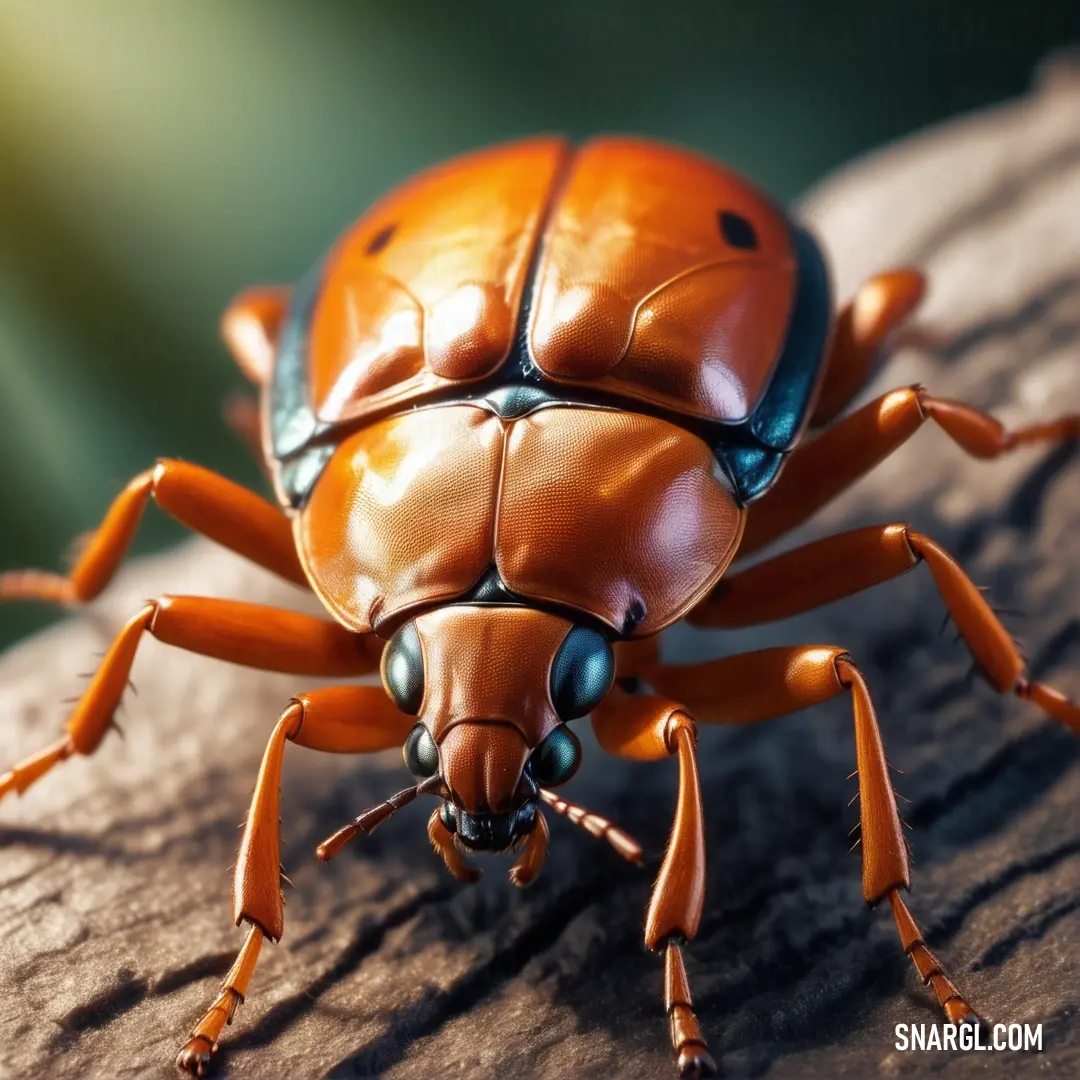
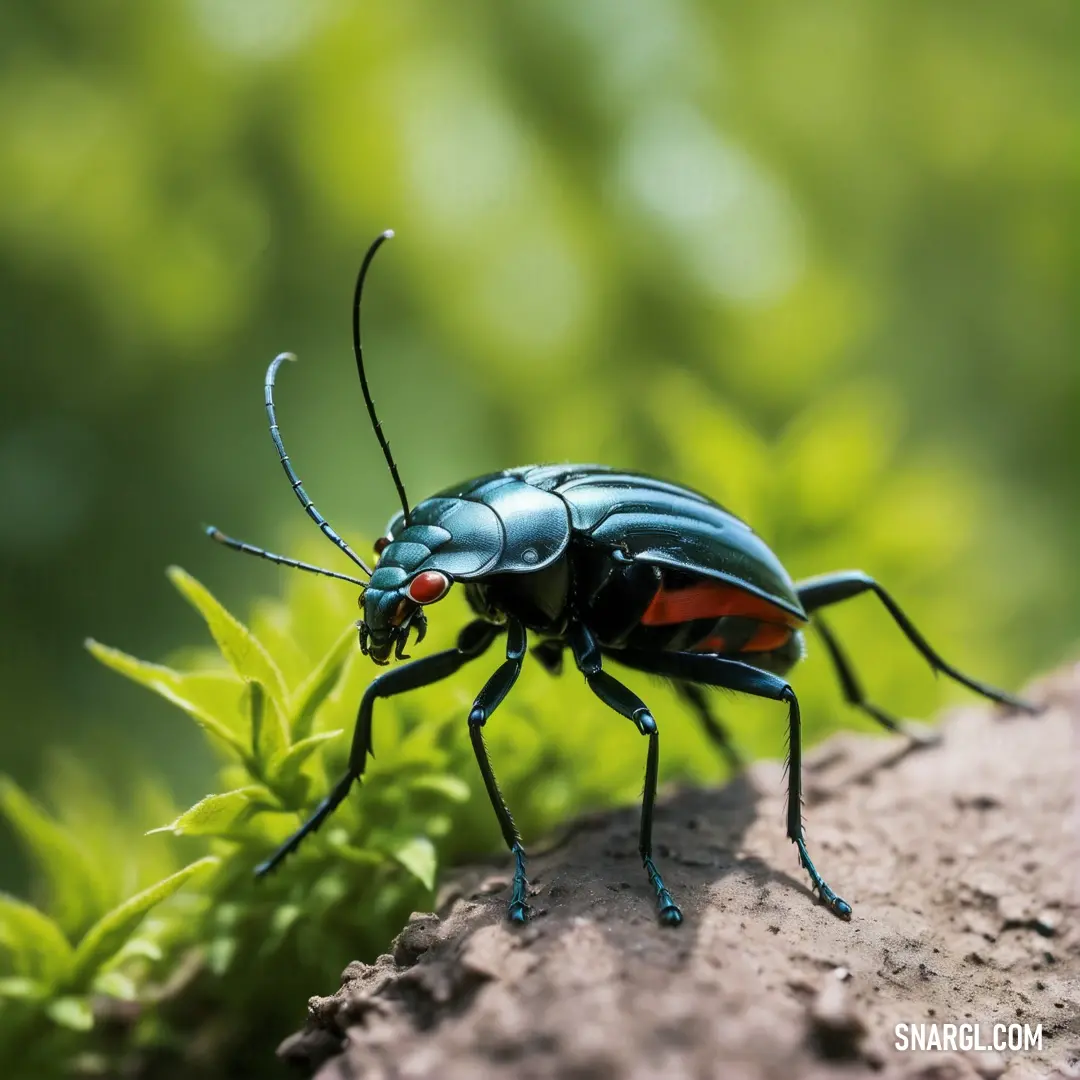
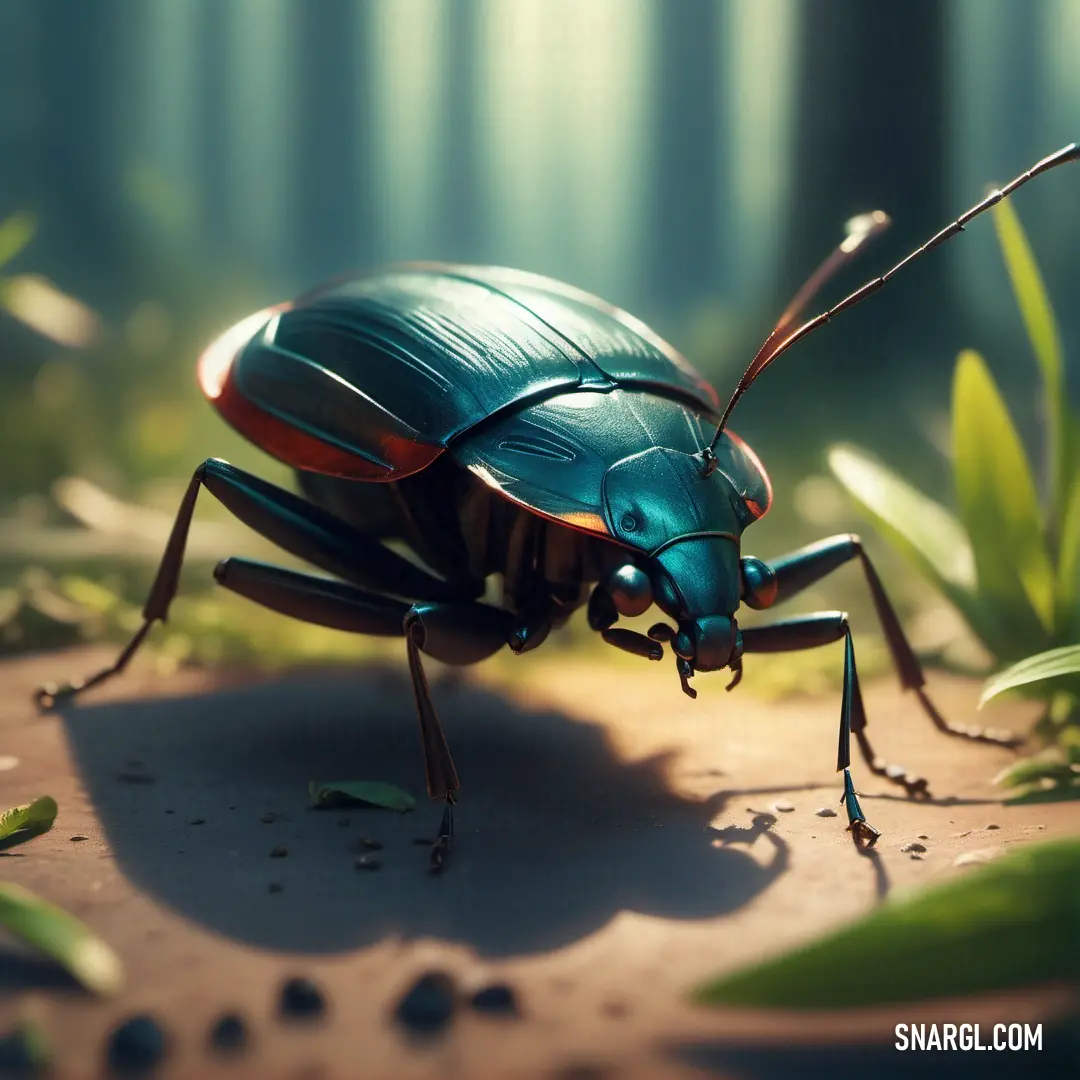
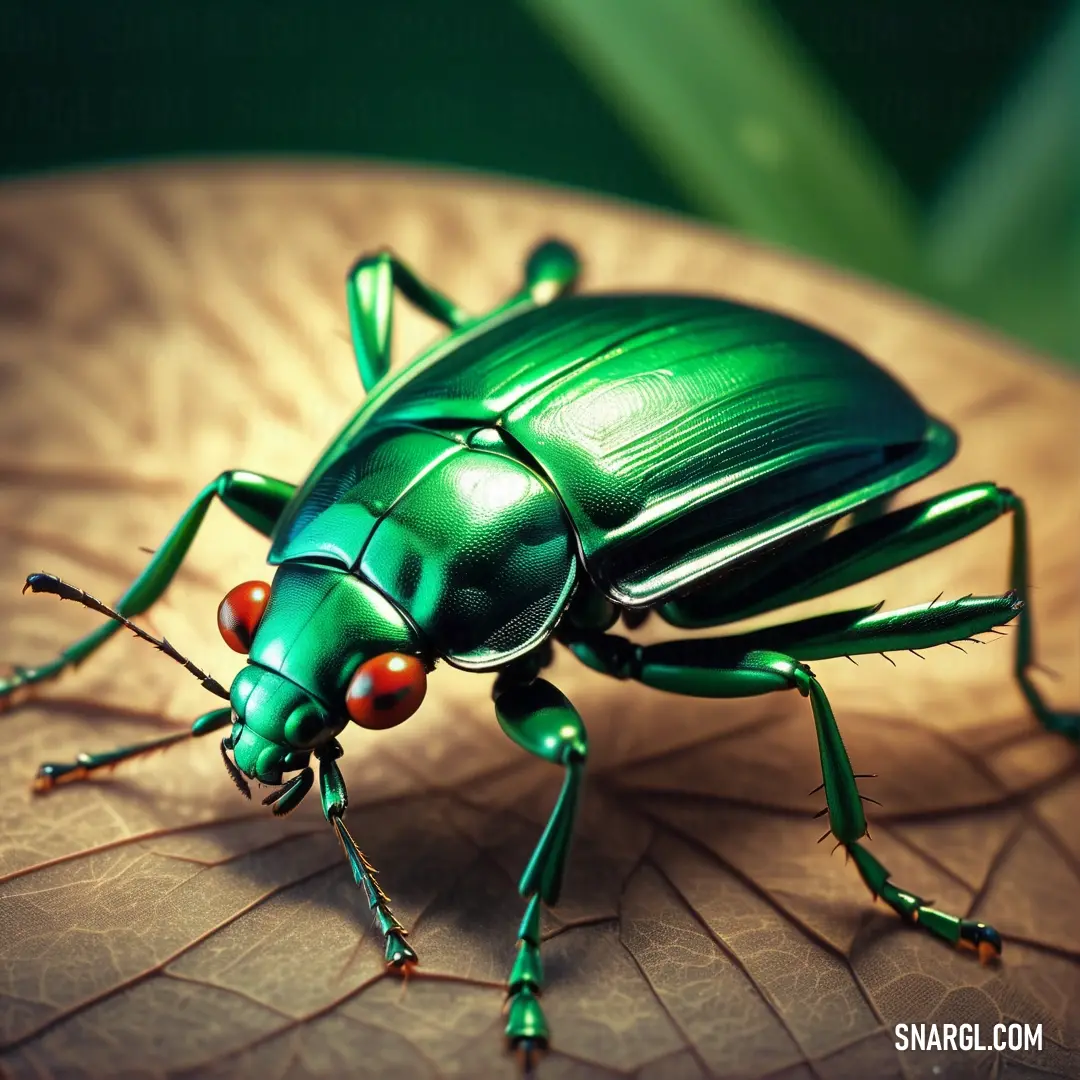
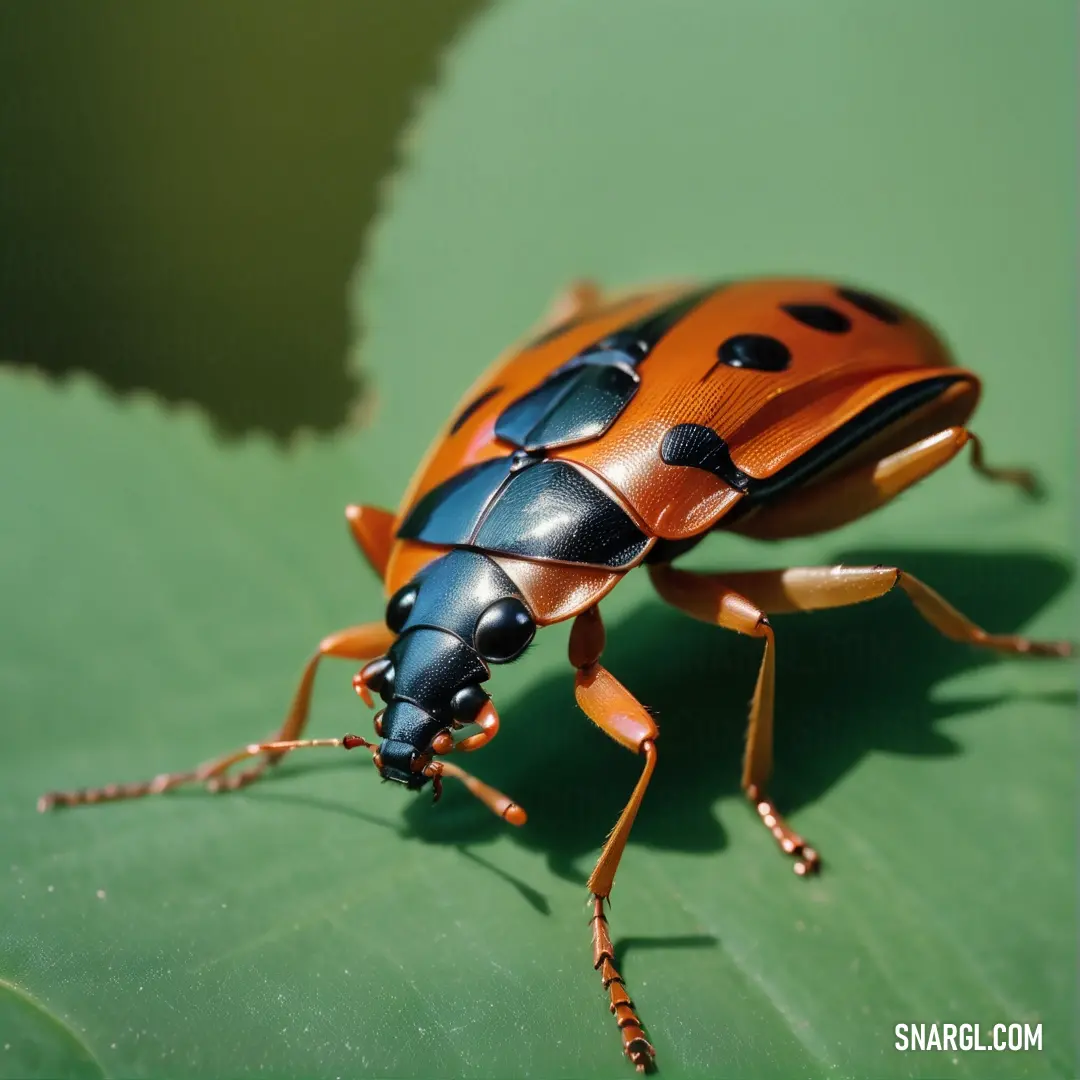
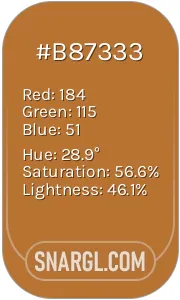 Copper
Copper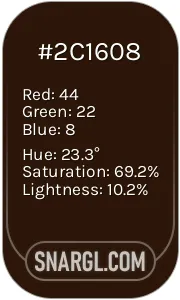 Zinnwaldite
Zinnwaldite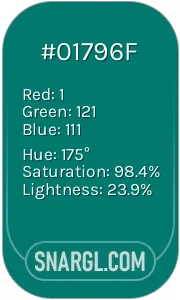 Pine Green
Pine Green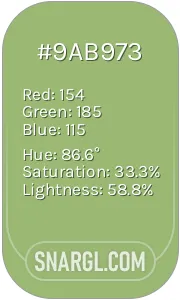 Olivine
Olivine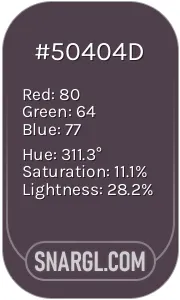 Purple taupe
Purple taupe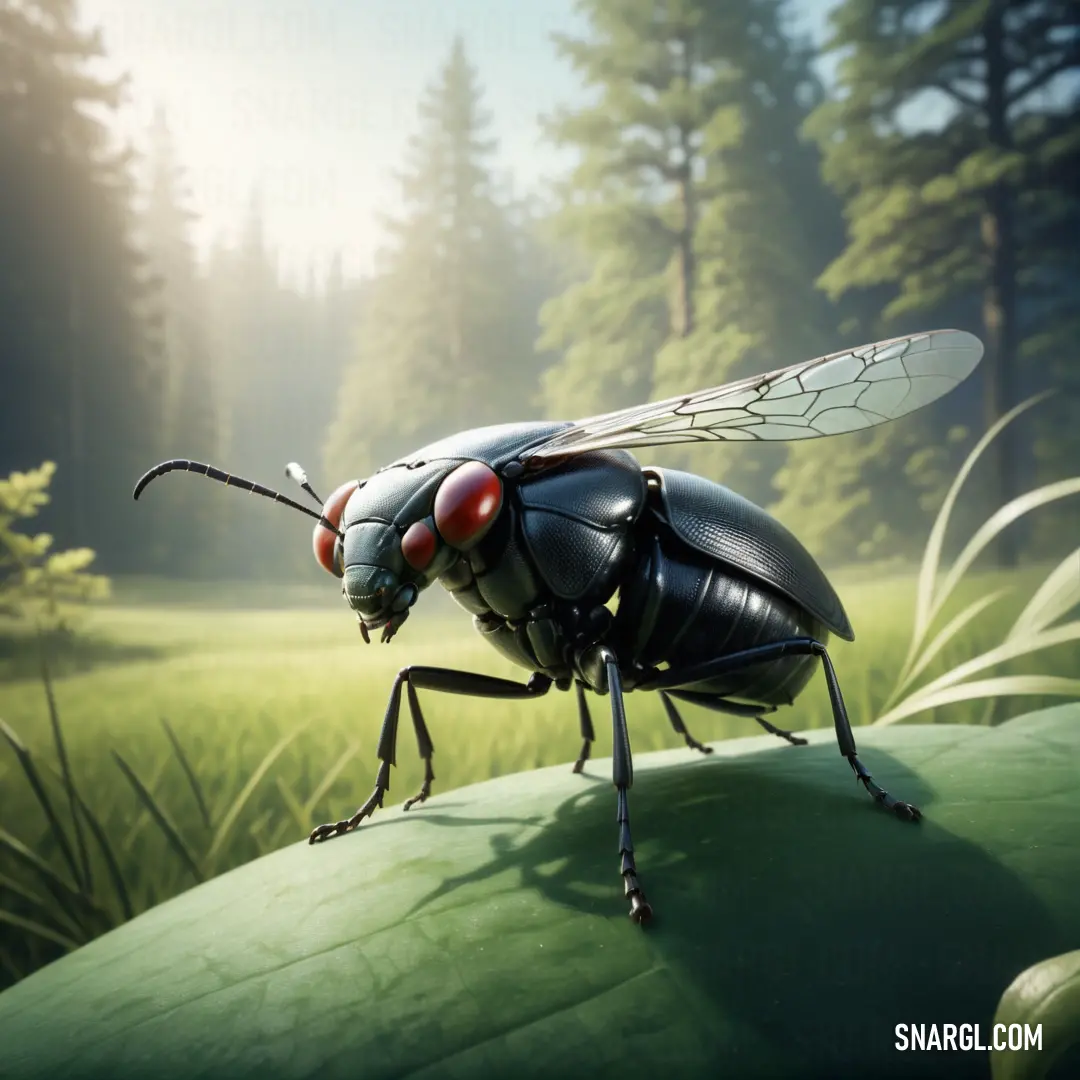
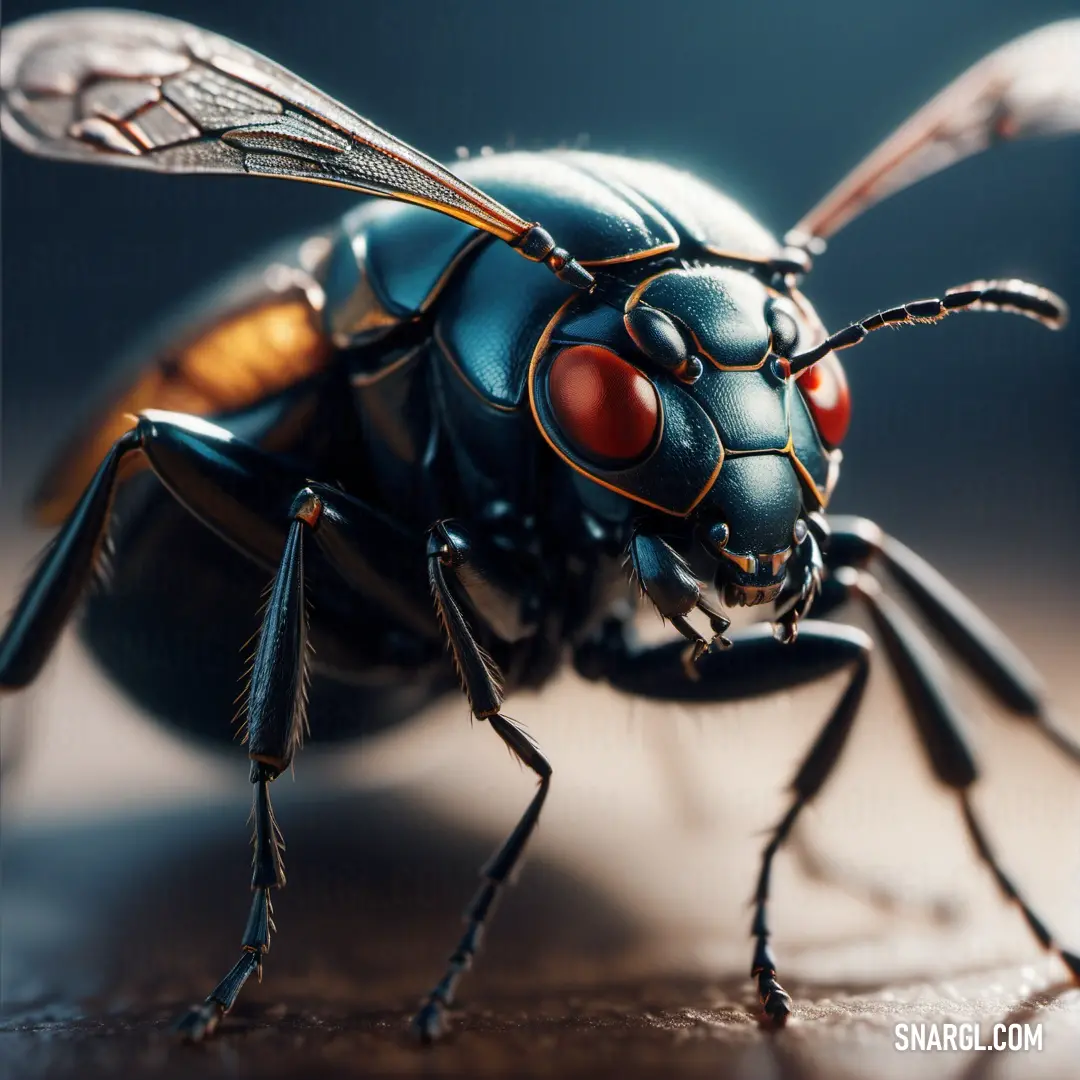
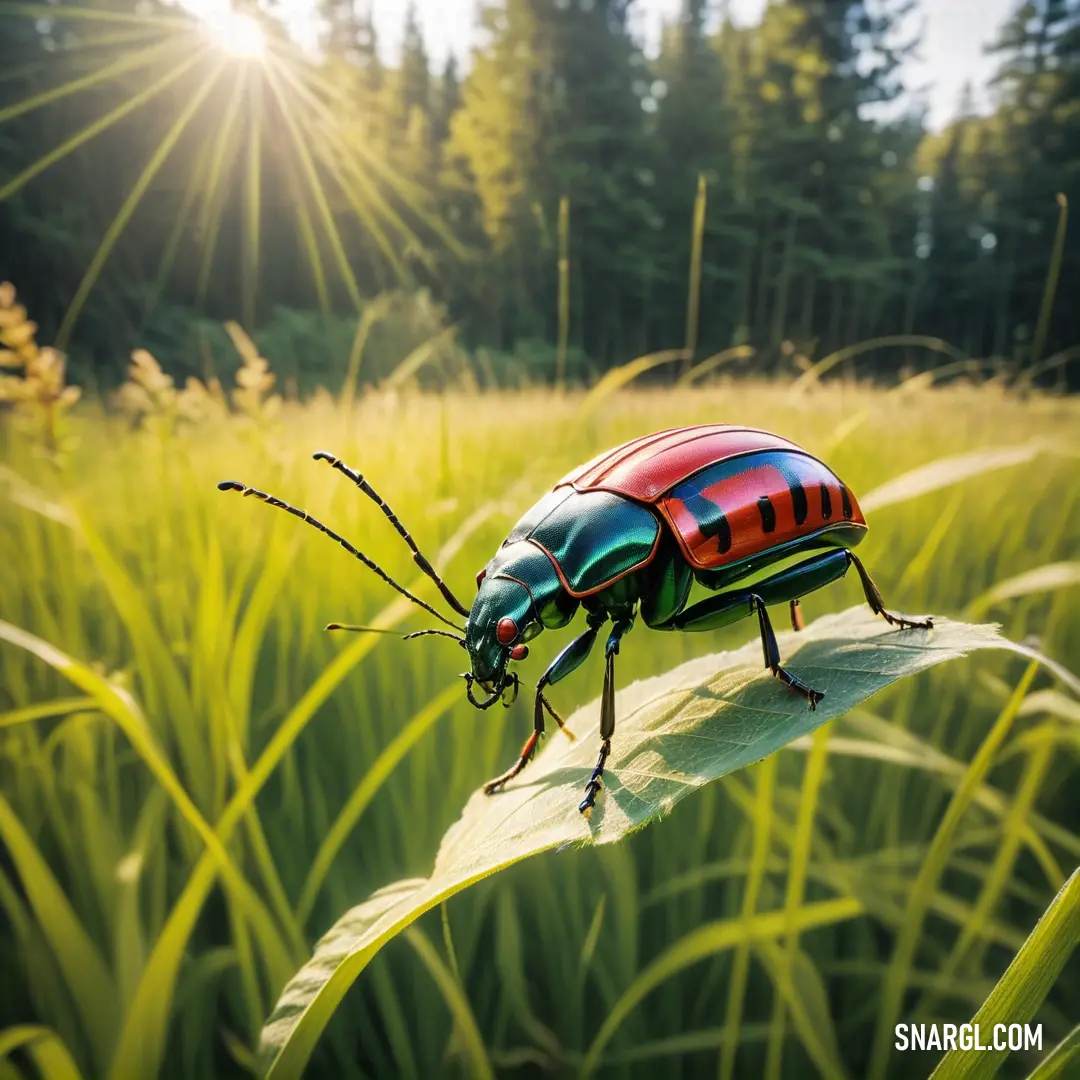
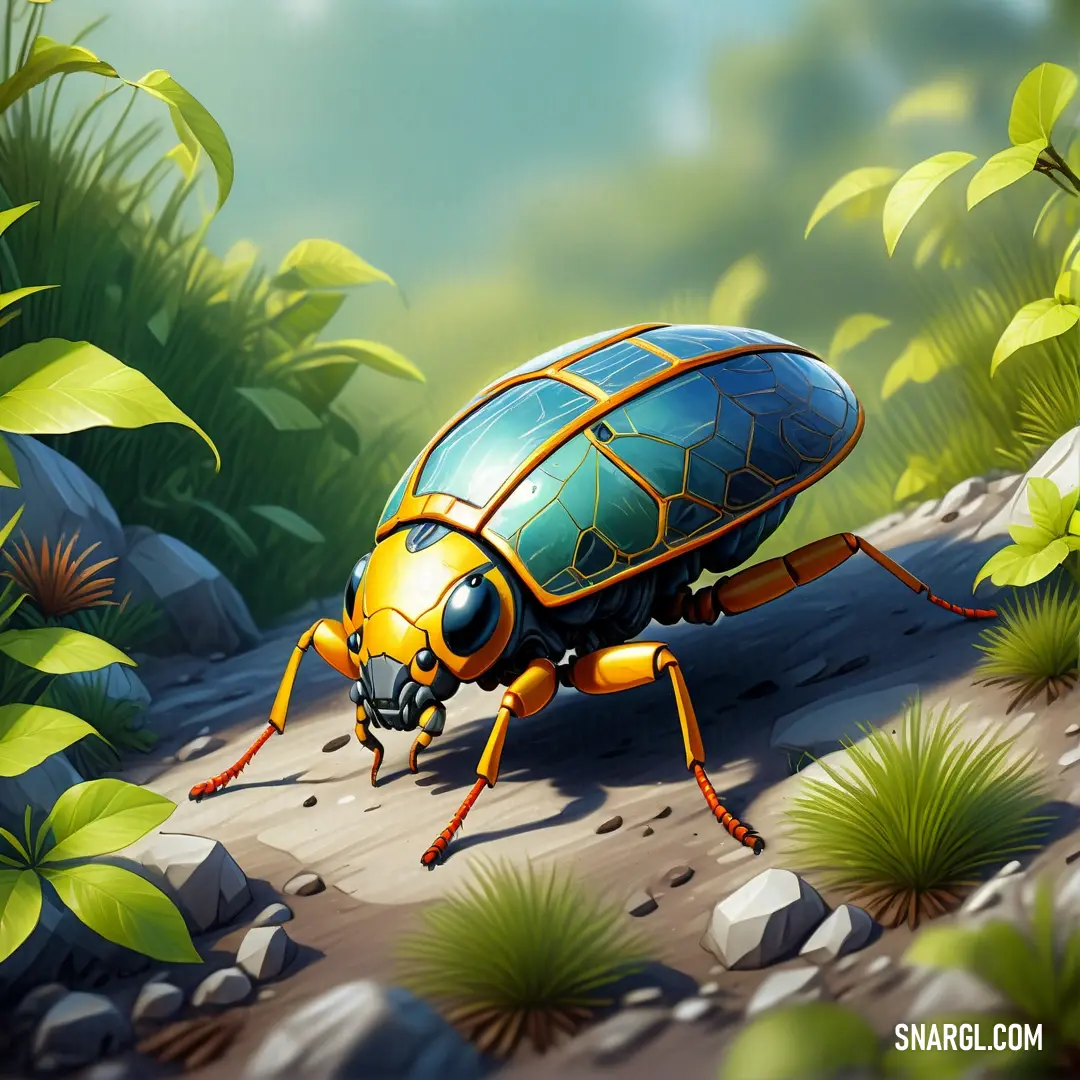
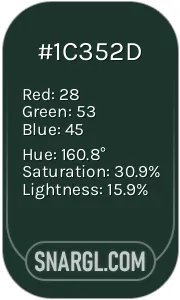 Medium jungle green
Medium jungle green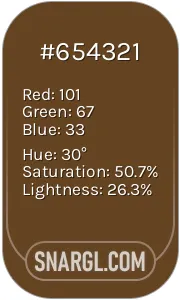 Dark brown
Dark brown Old Gold
Old Gold Lemon Yellow
Lemon Yellow Shadow
Shadow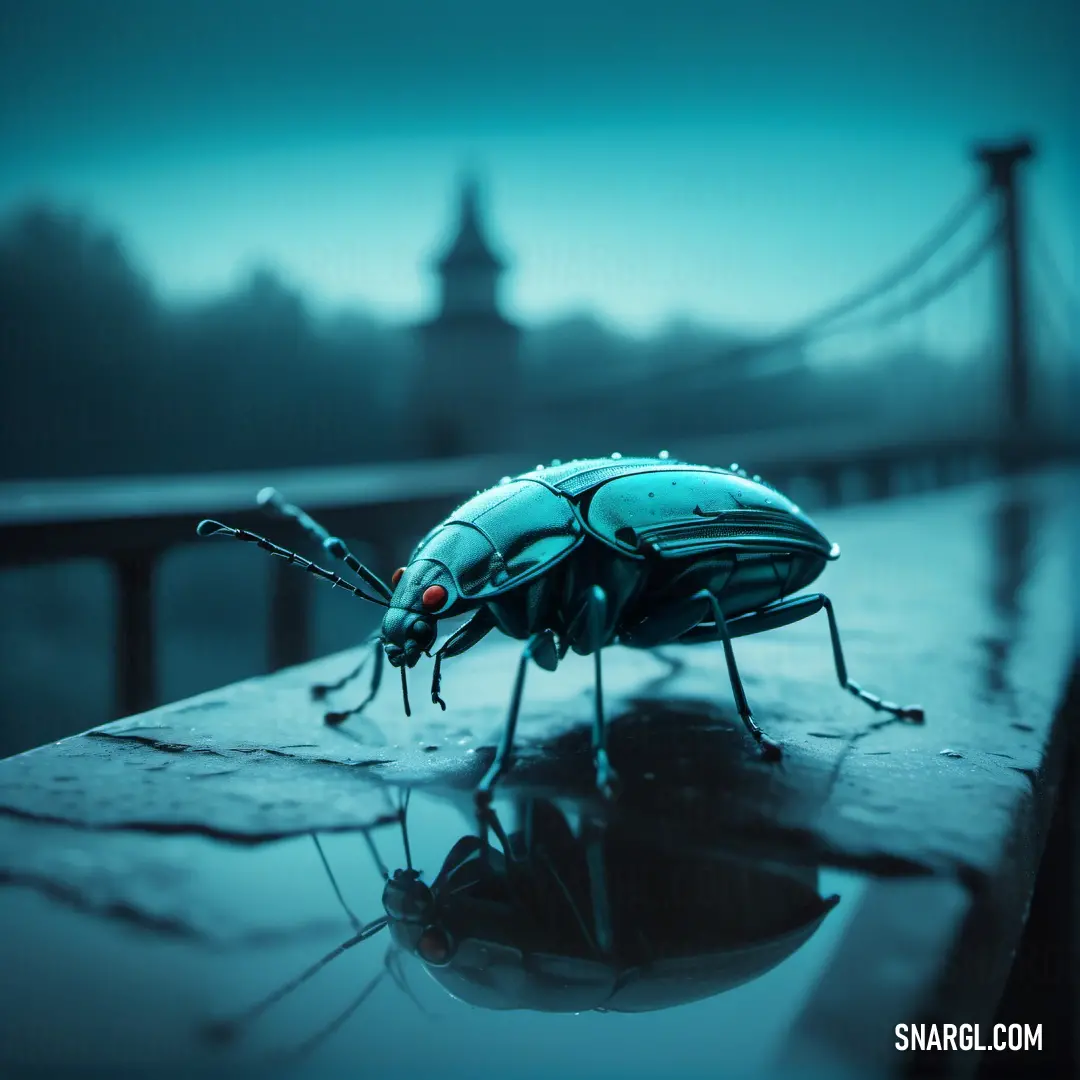
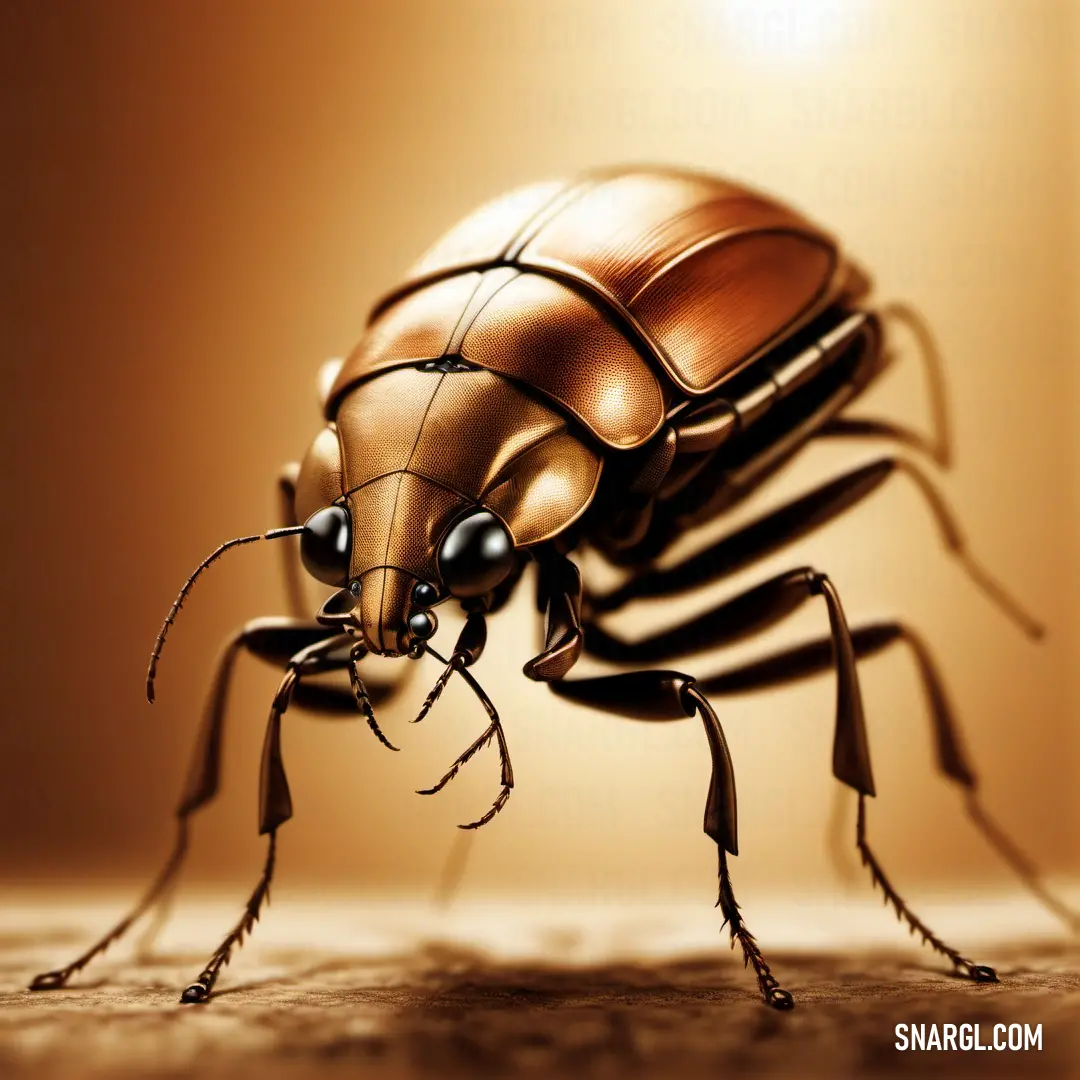
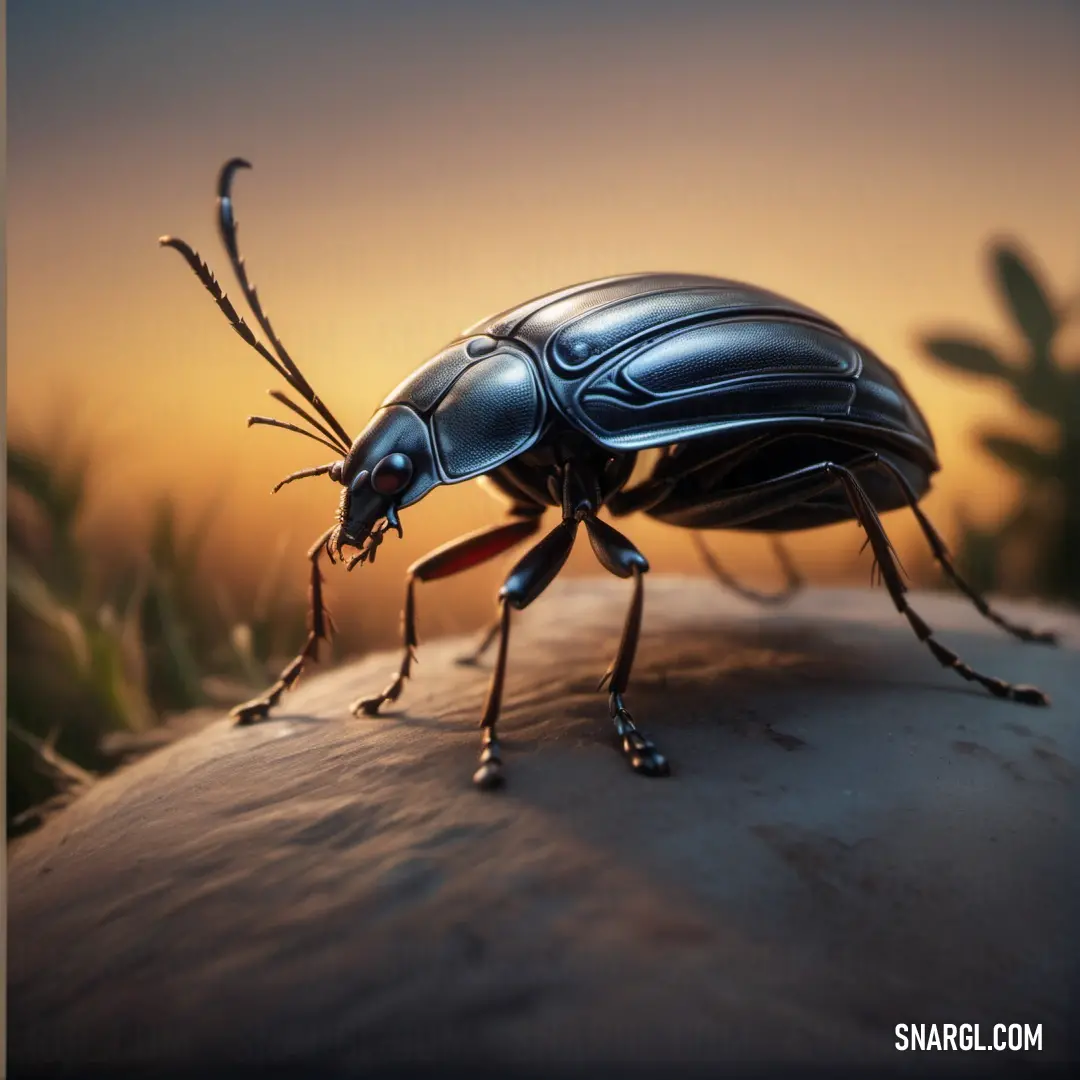
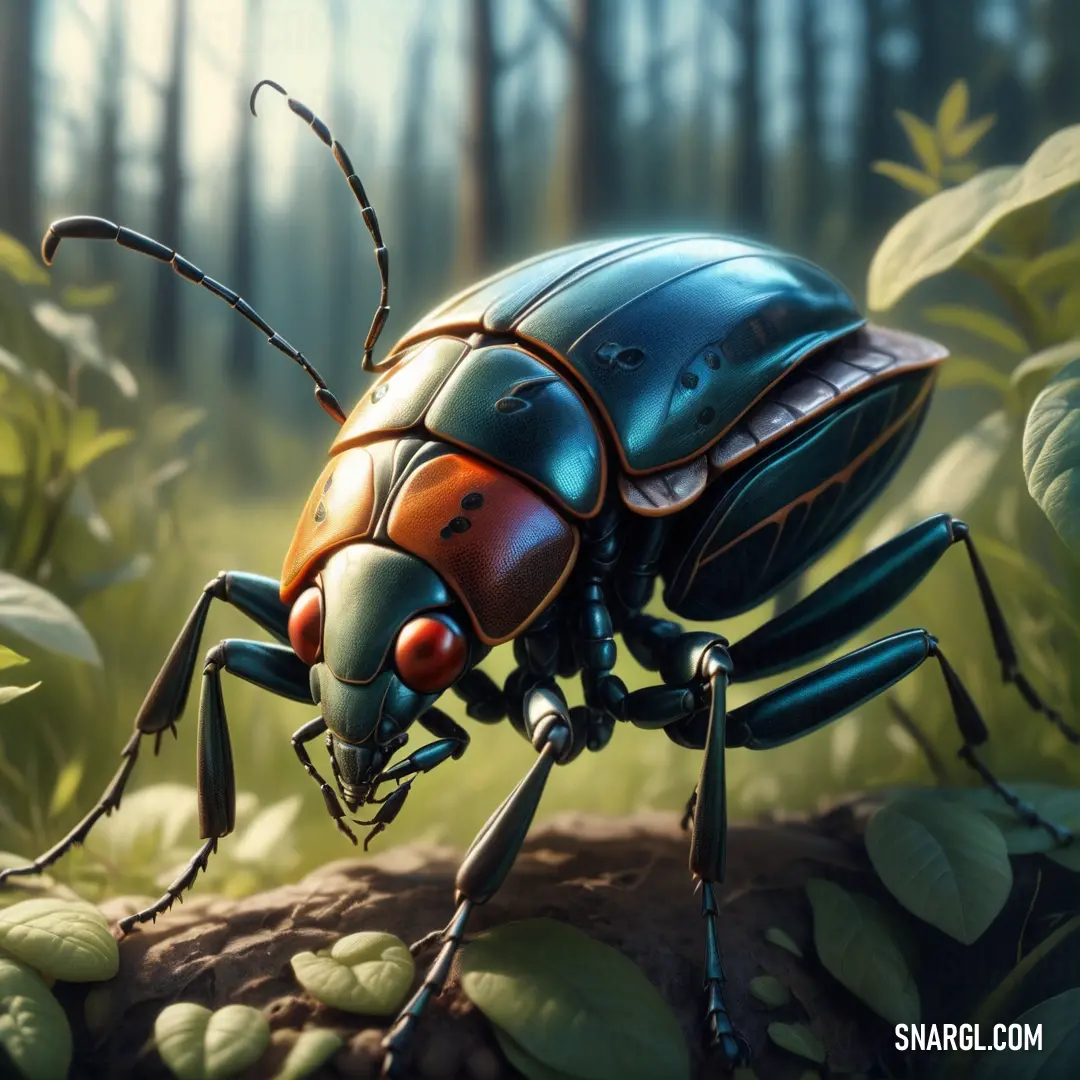
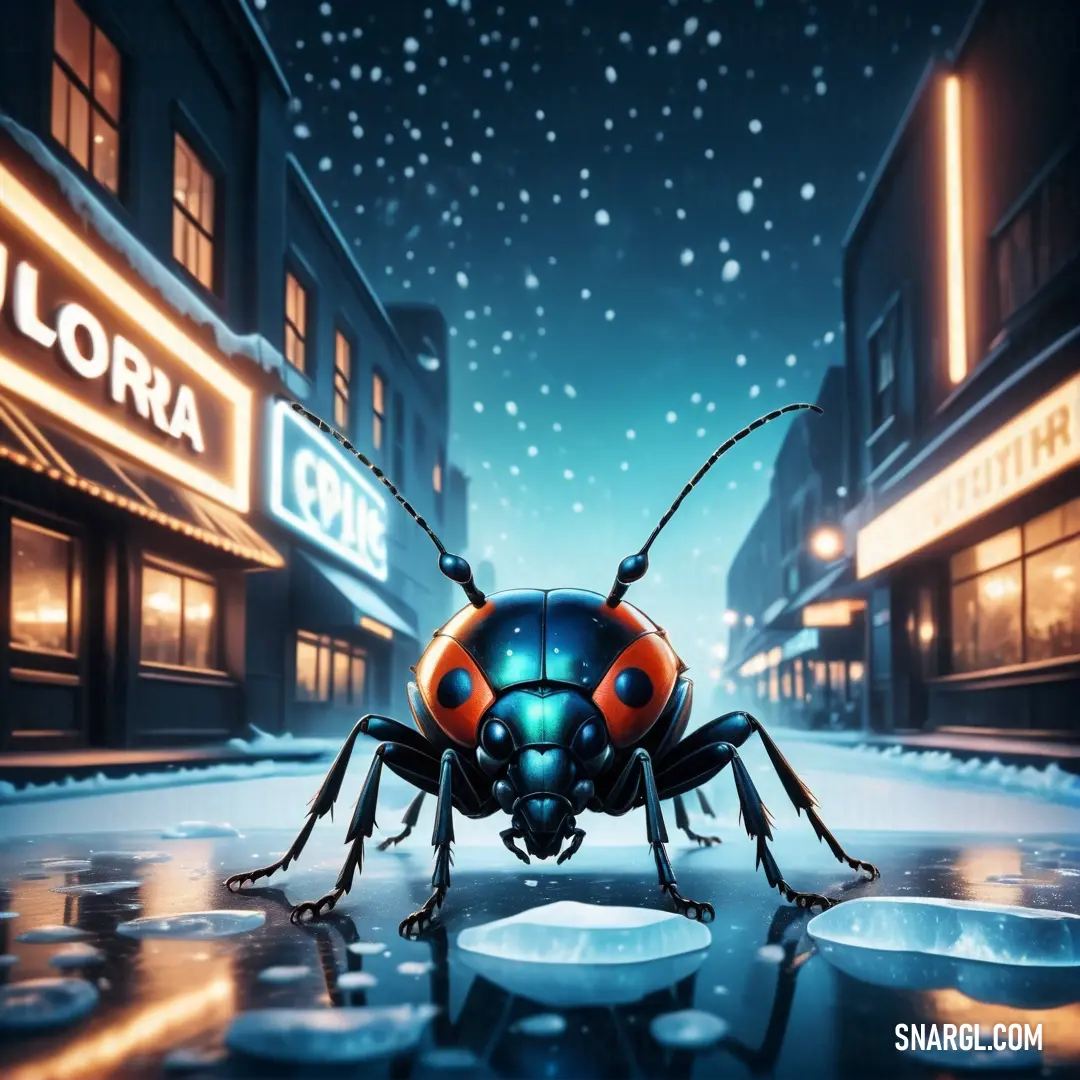
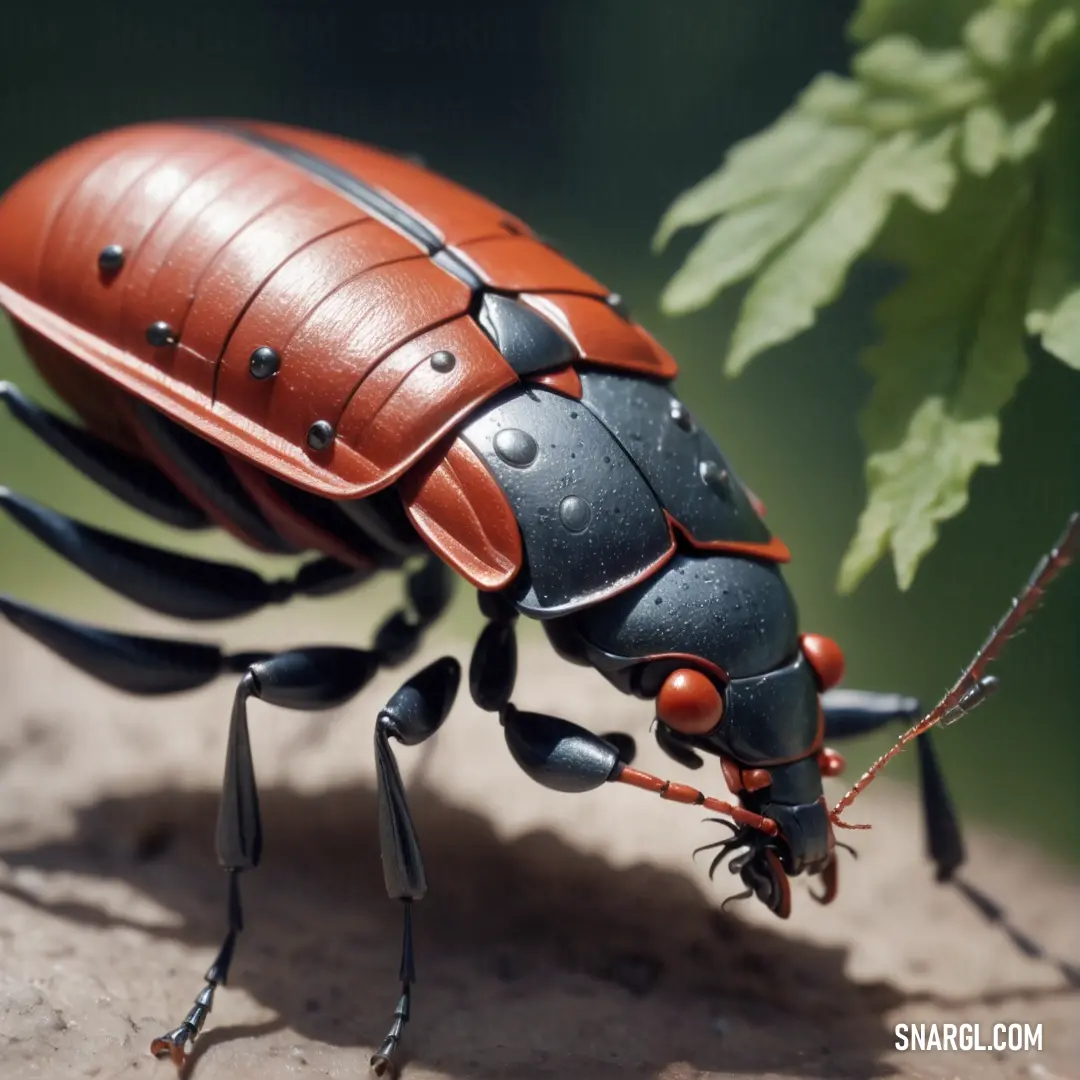
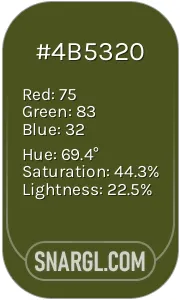 Army Green
Army Green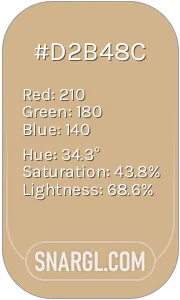 Tan
Tan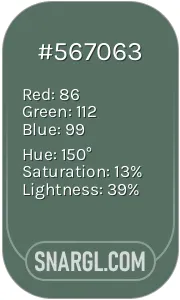 Dark tea green
Dark tea green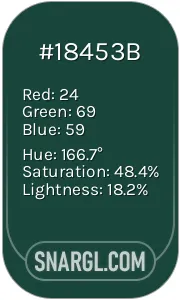 MSU Green
MSU Green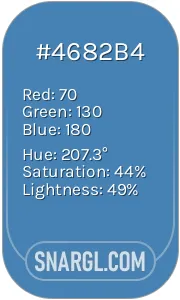 Steel blue
Steel blue






